
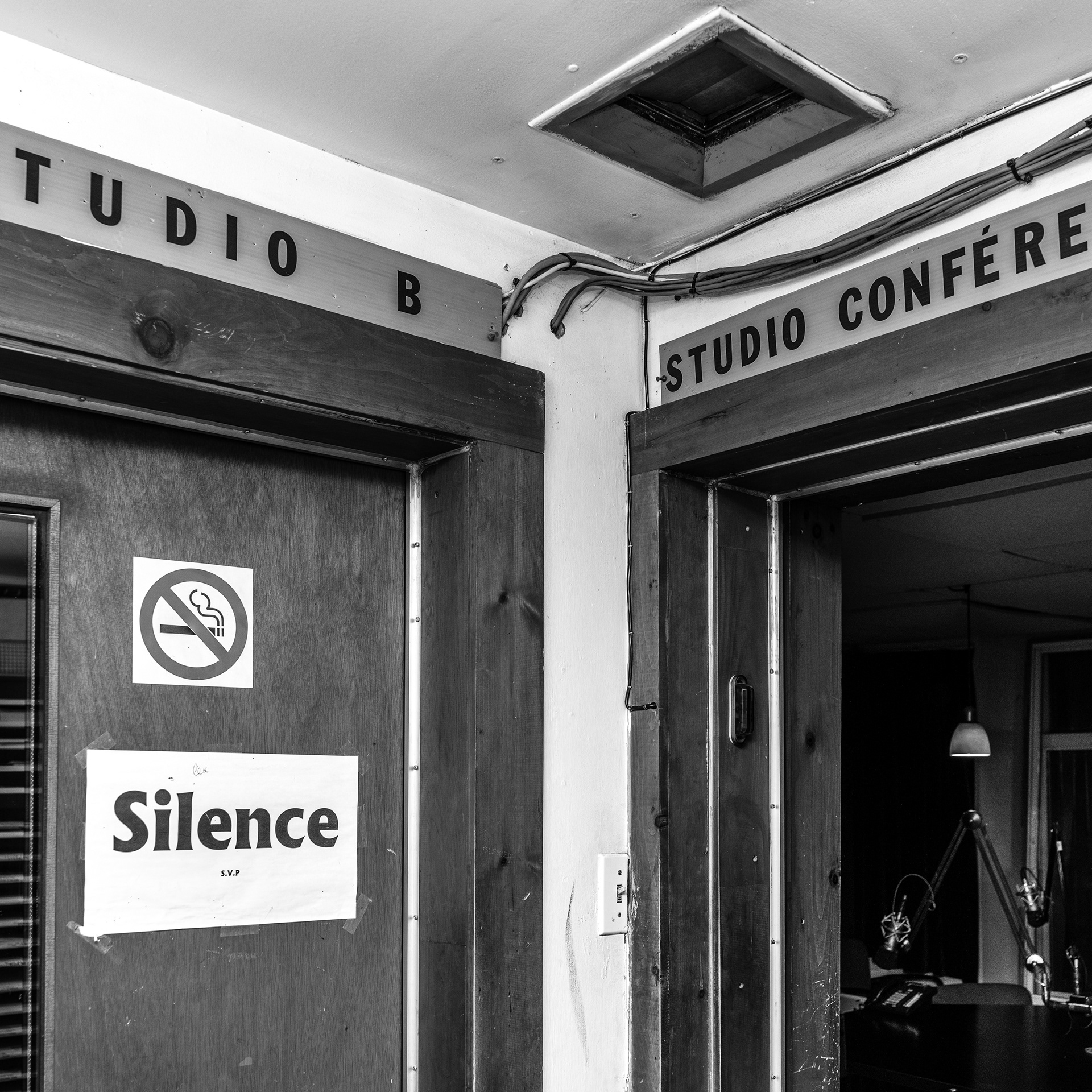
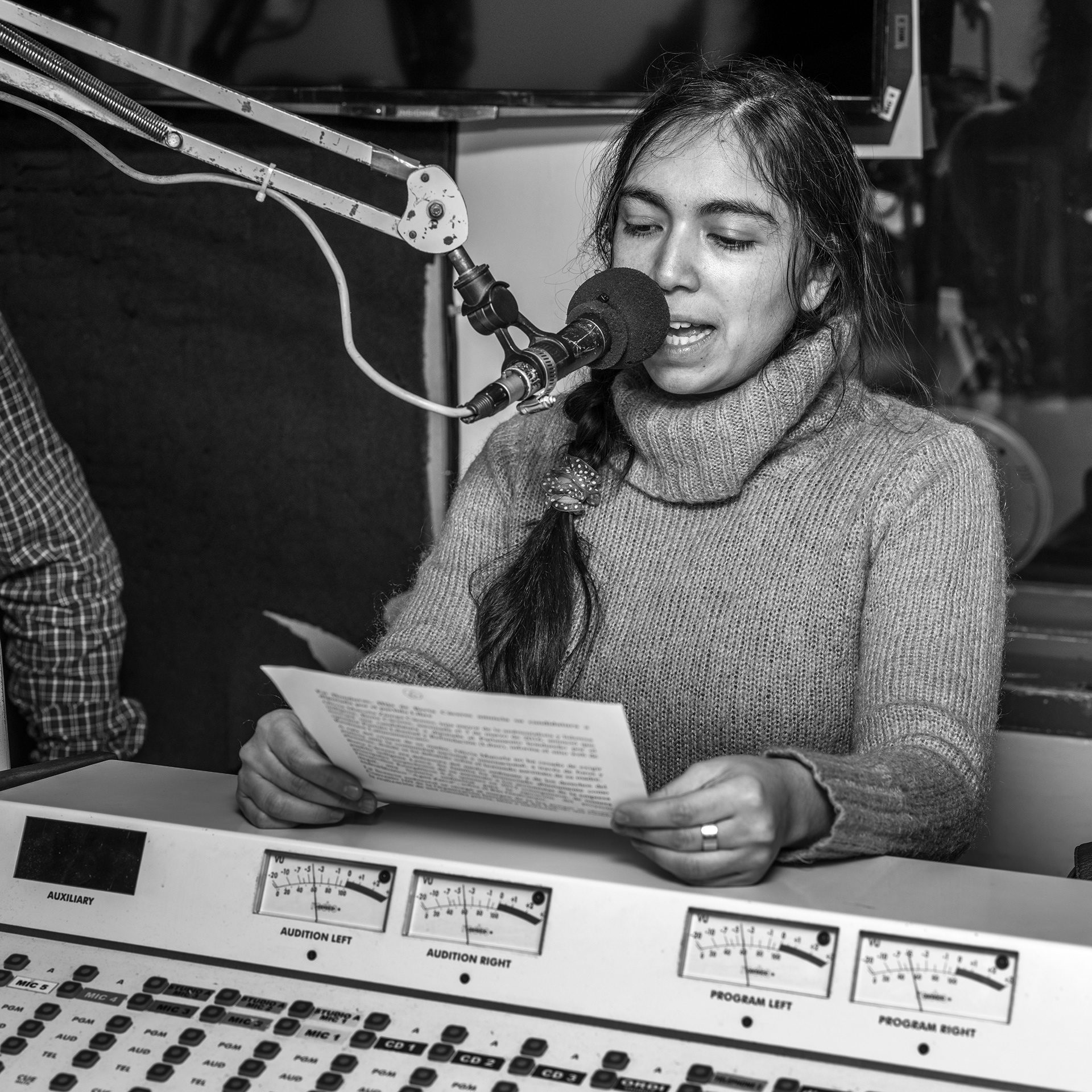
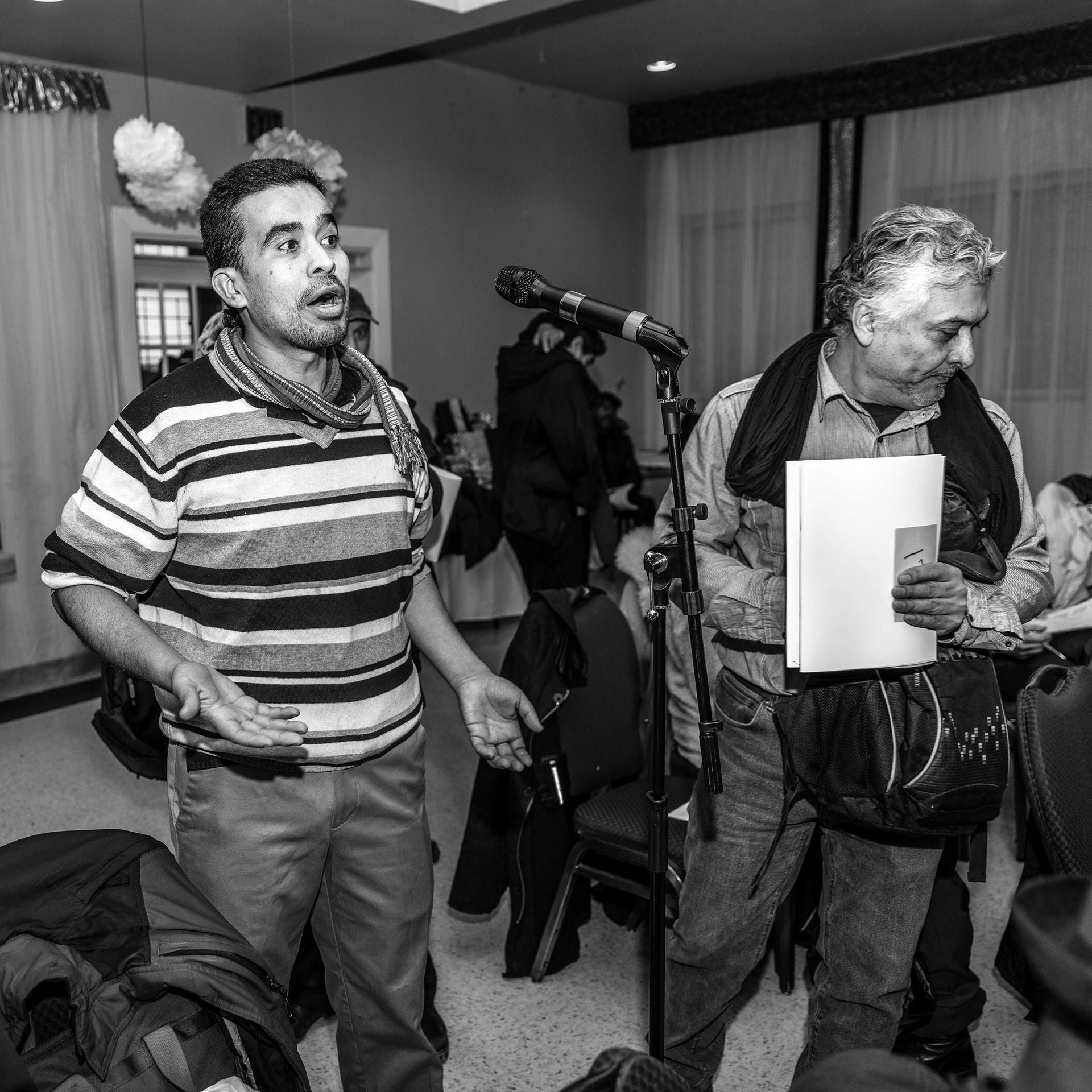
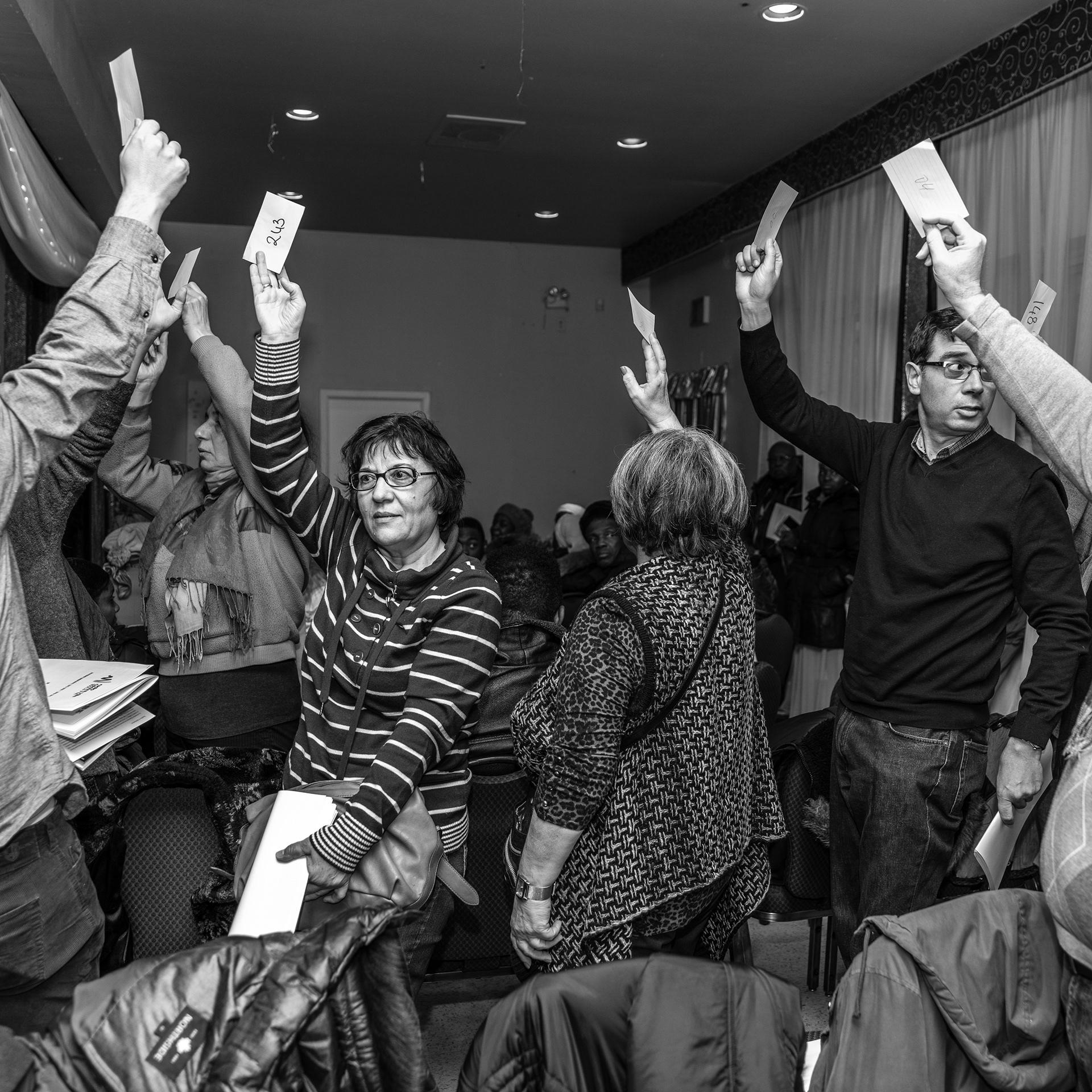
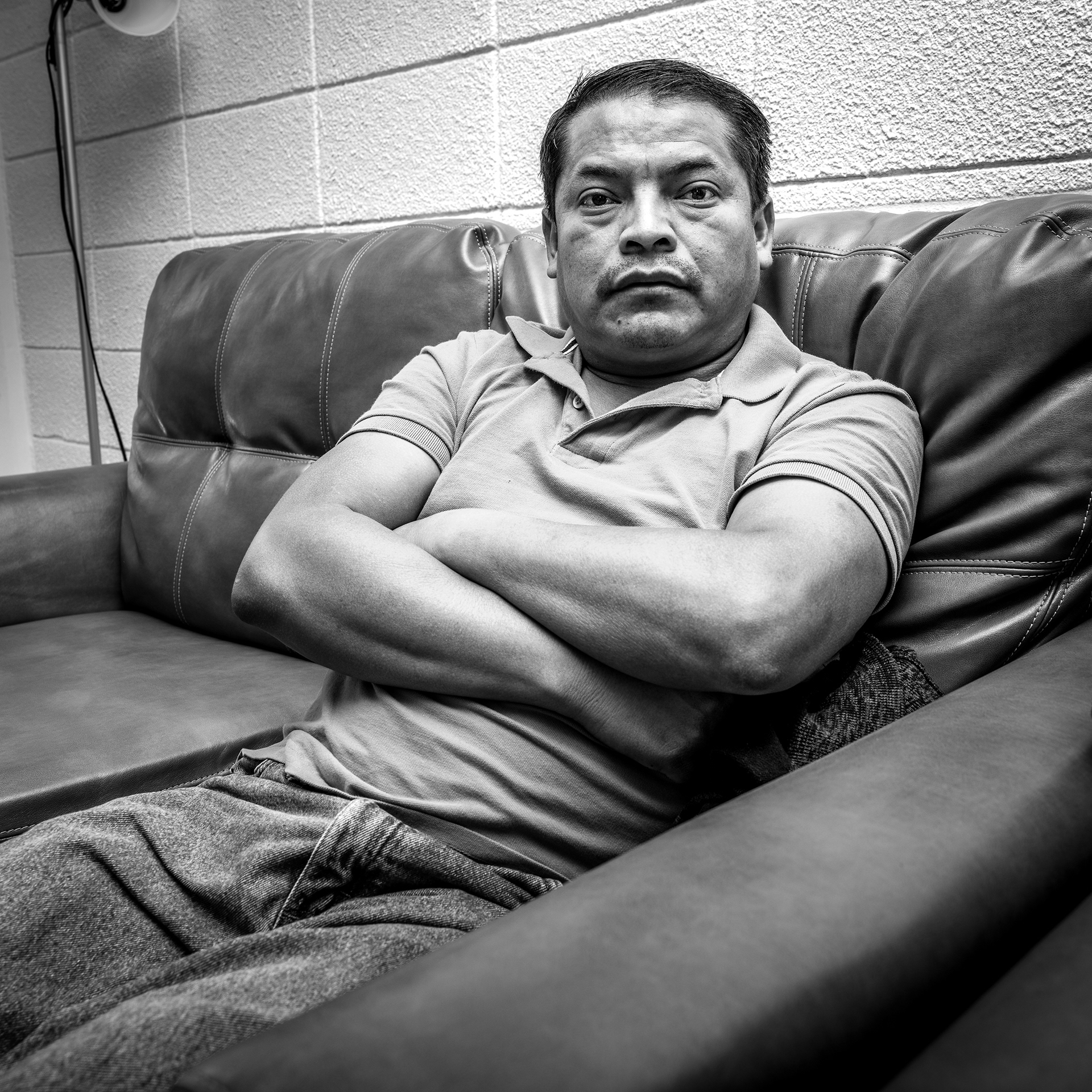

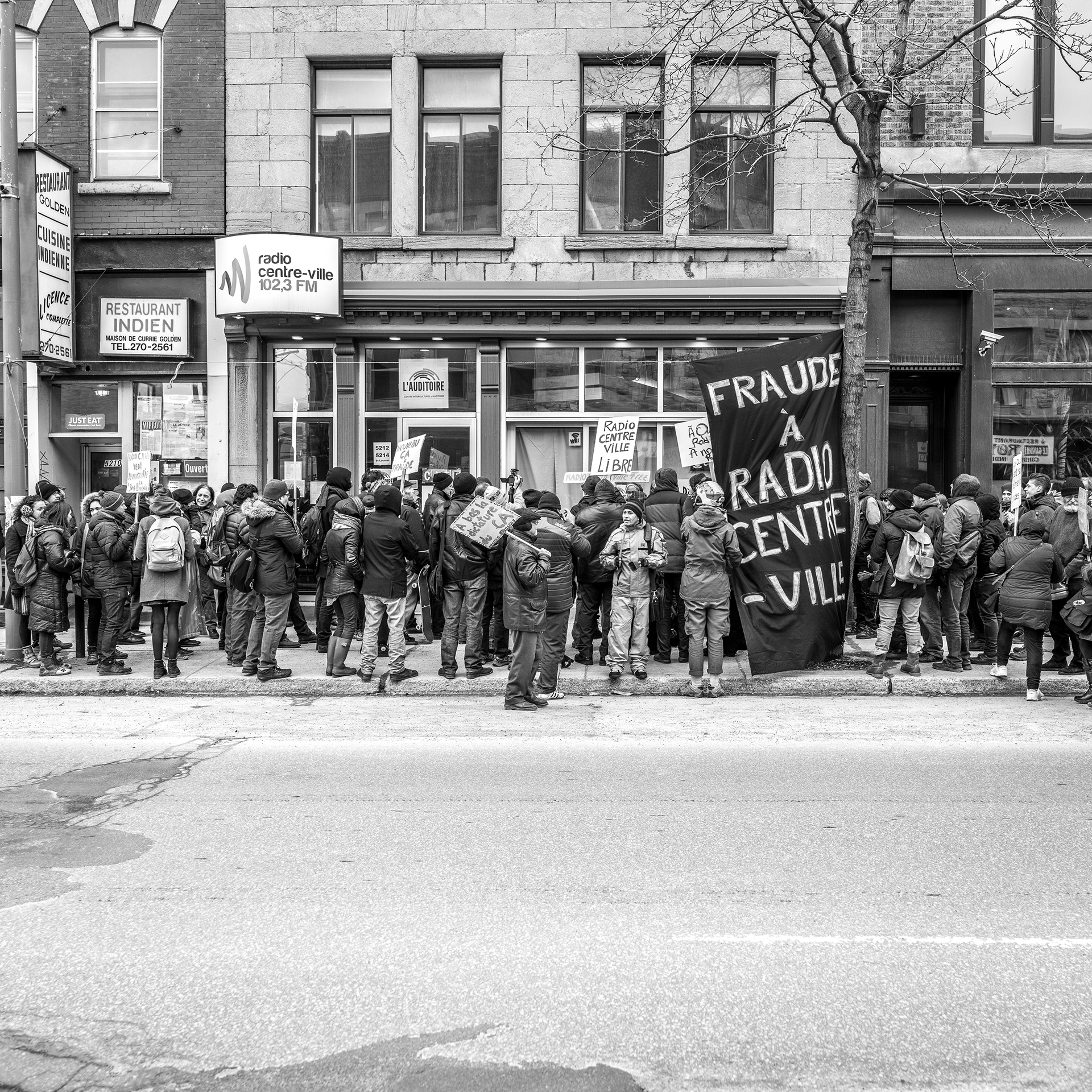

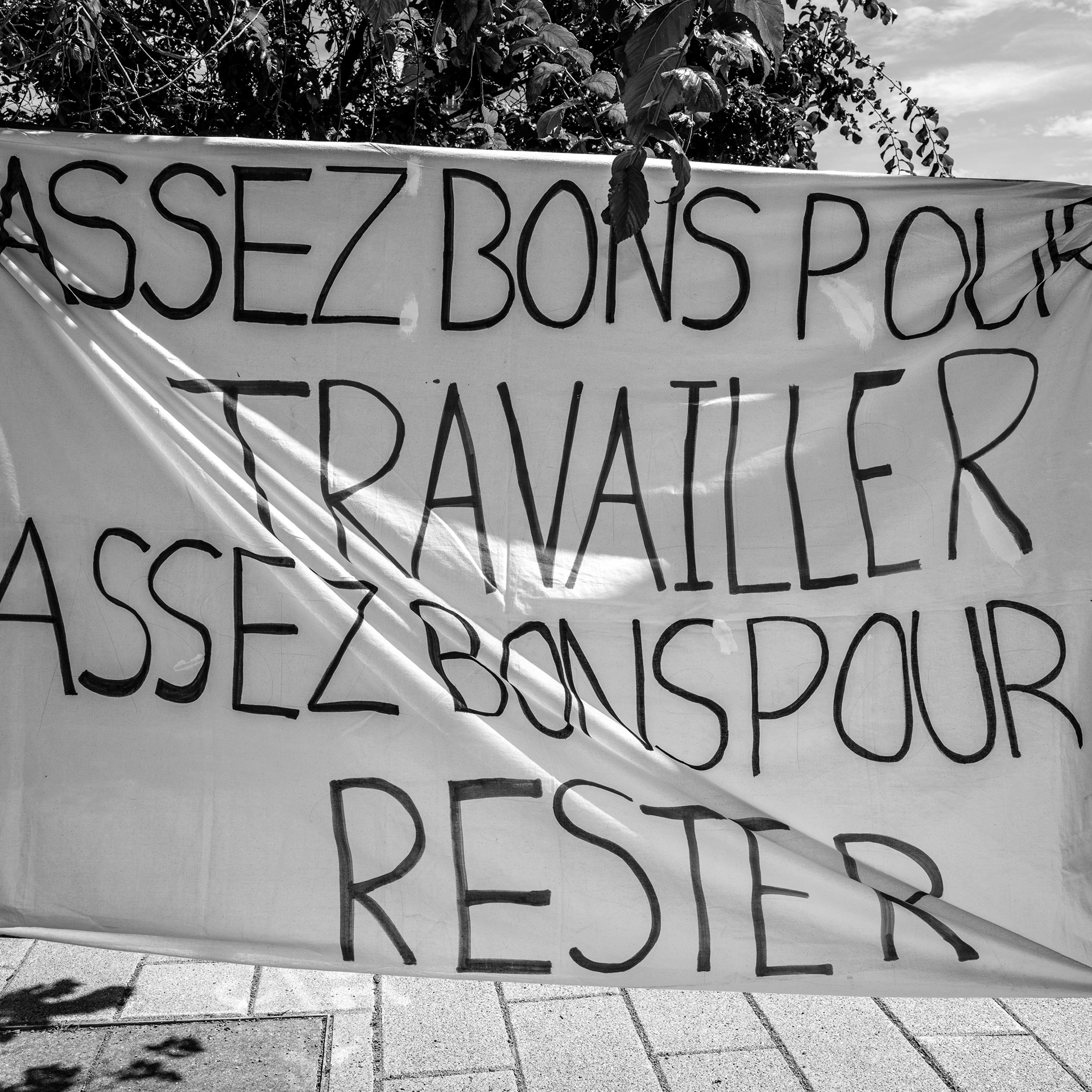
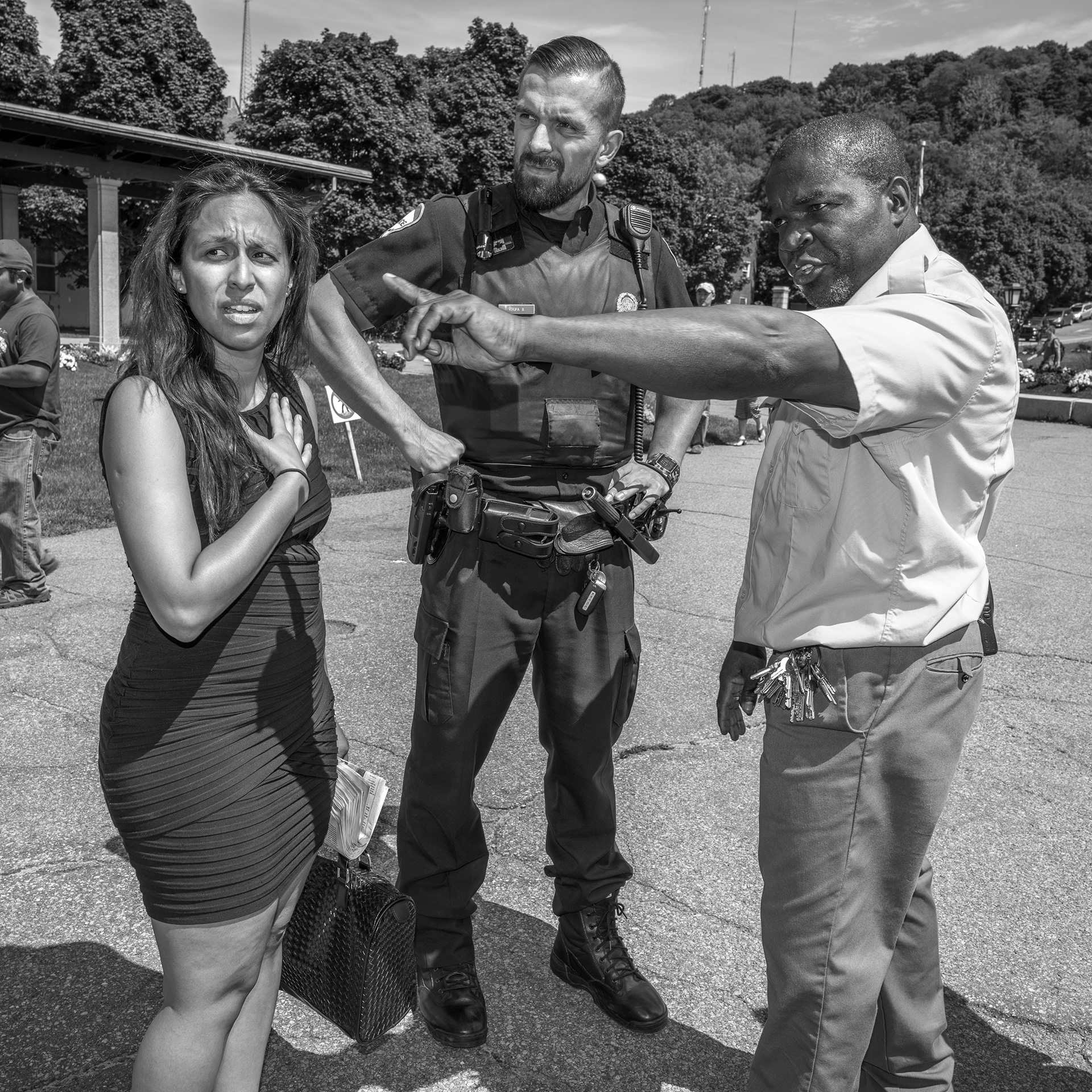
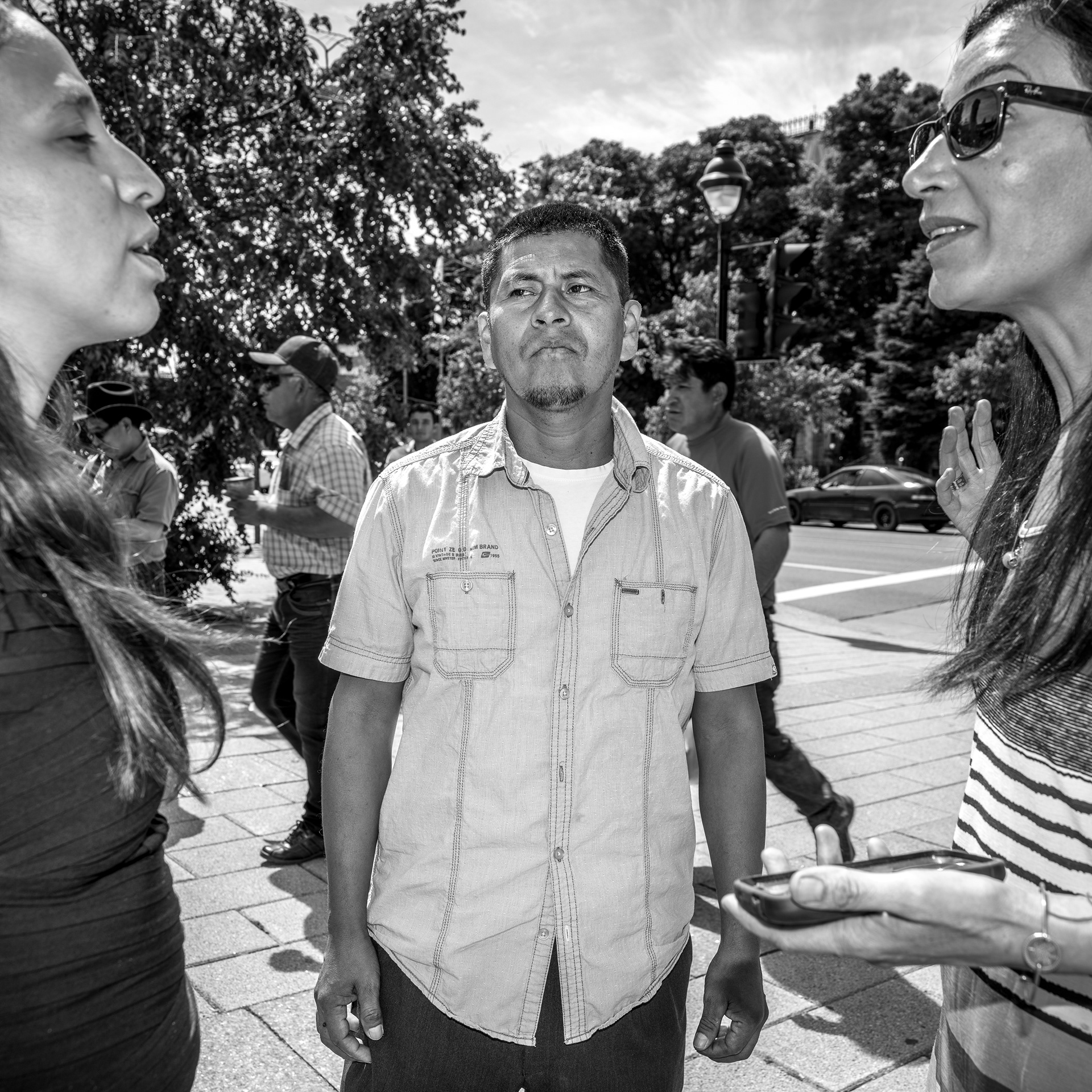
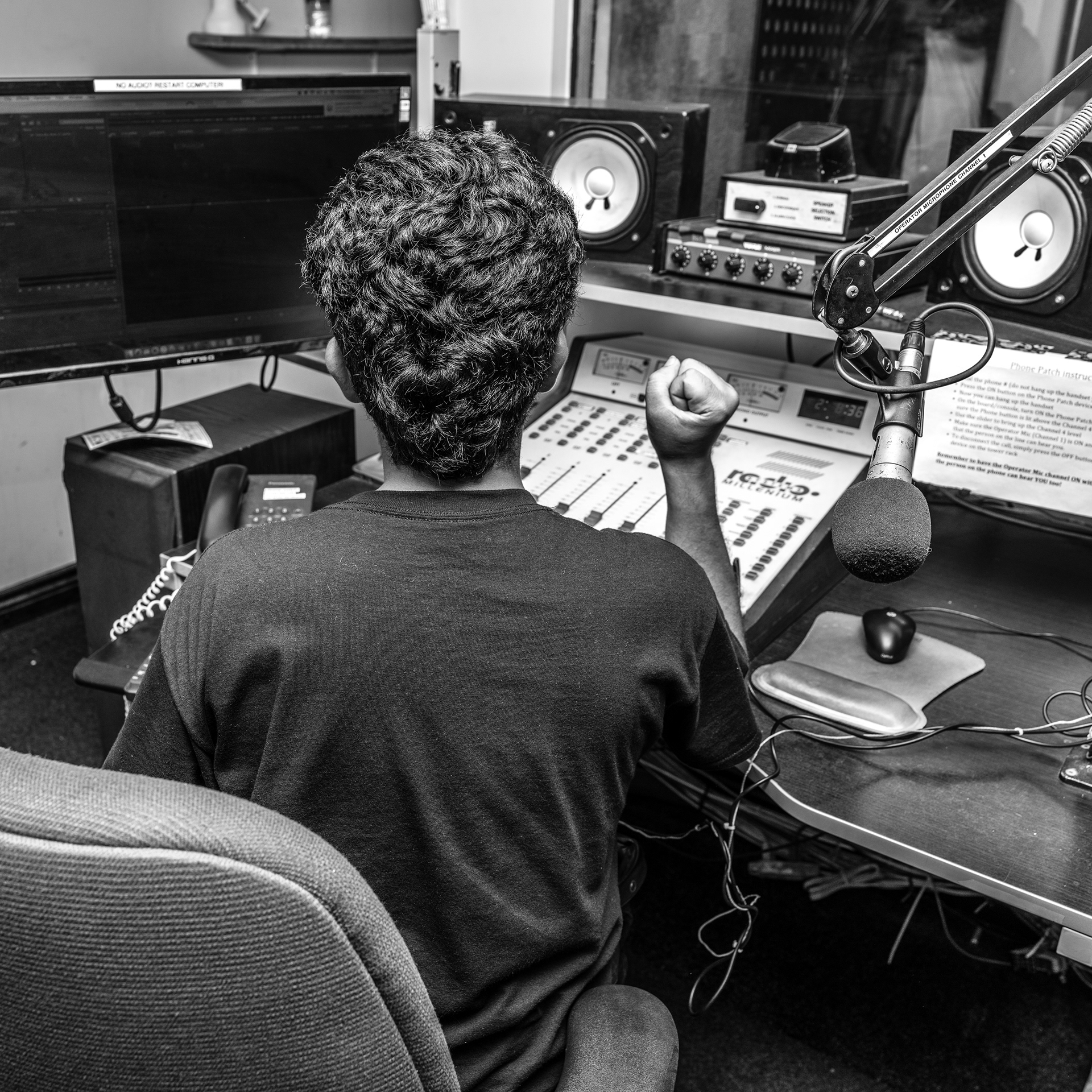


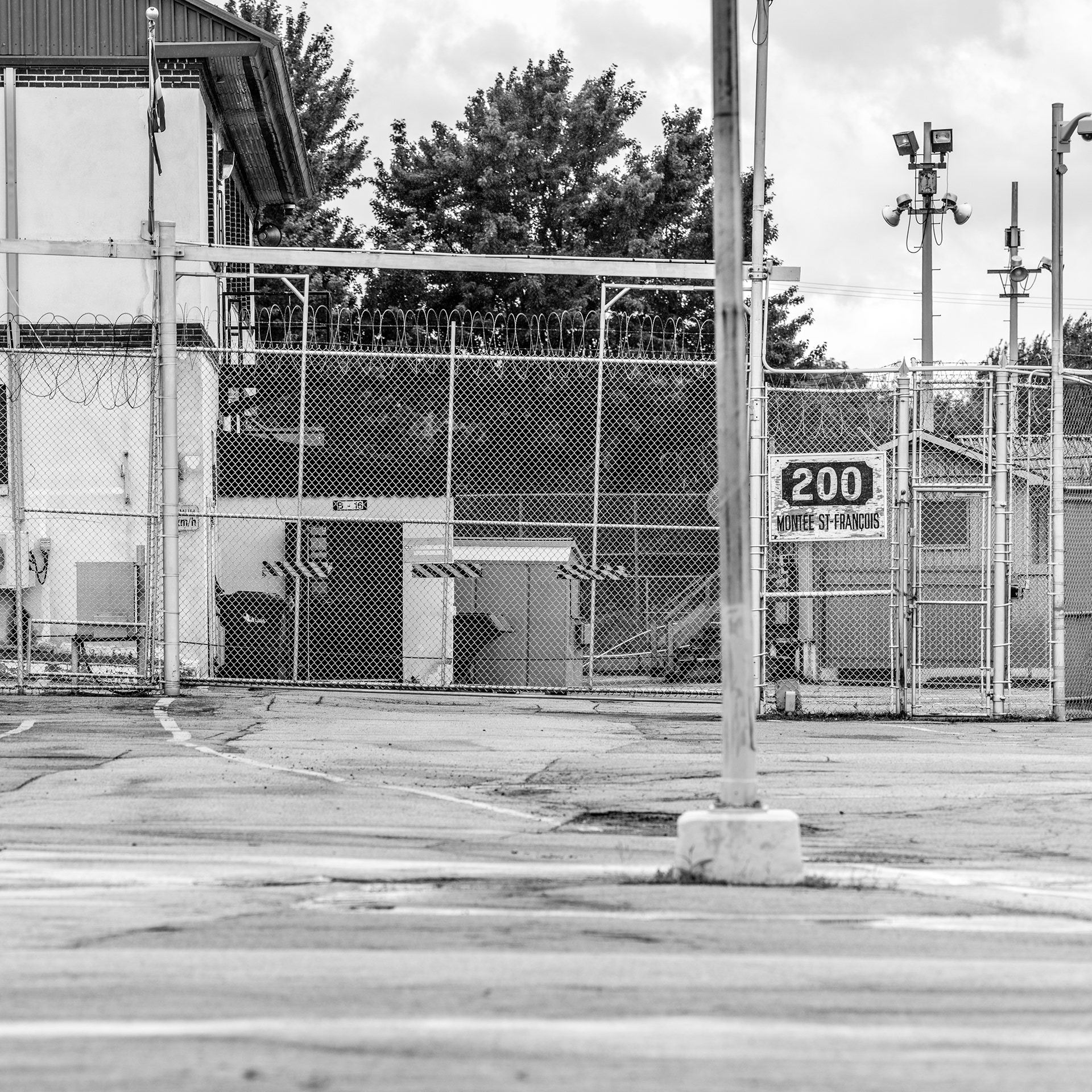
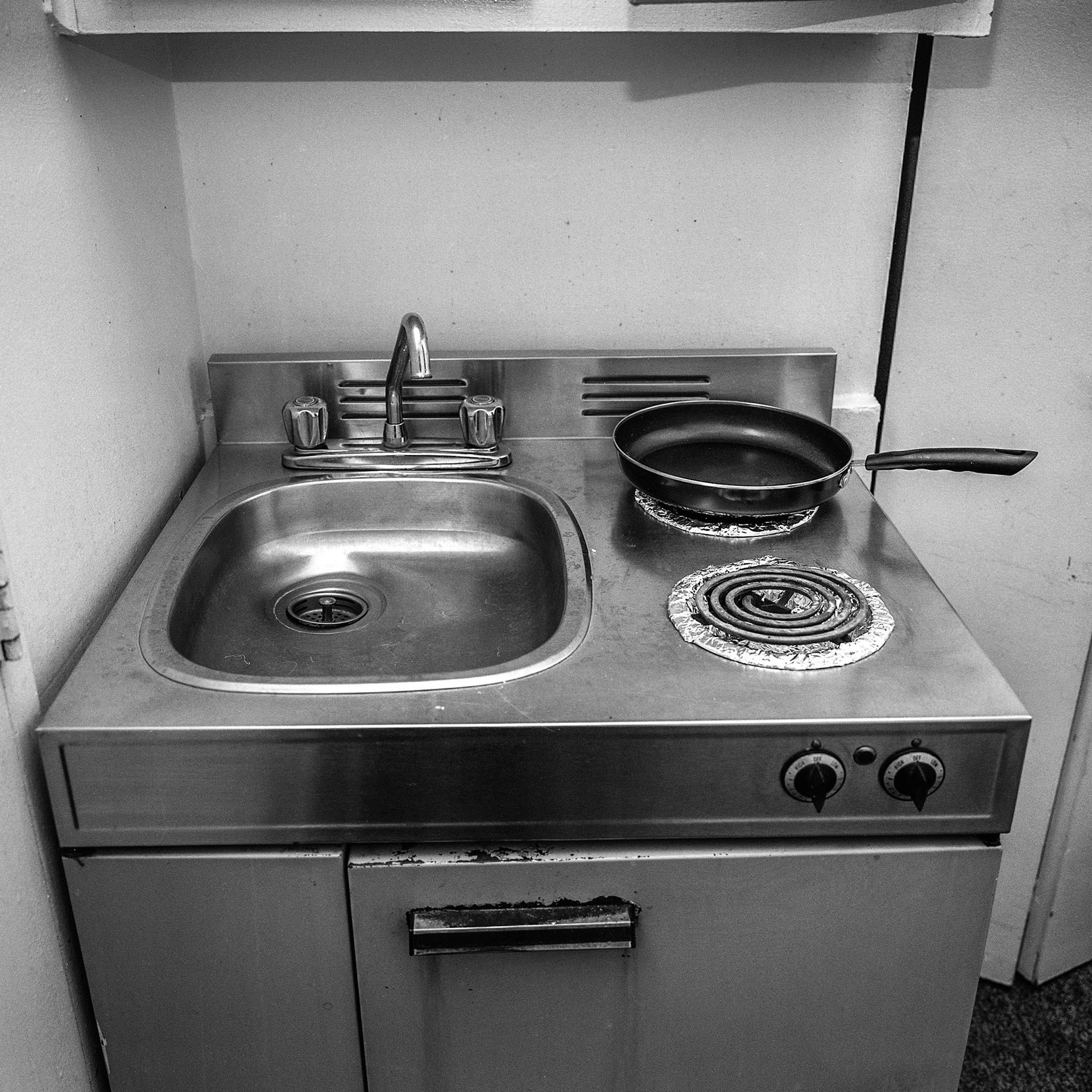
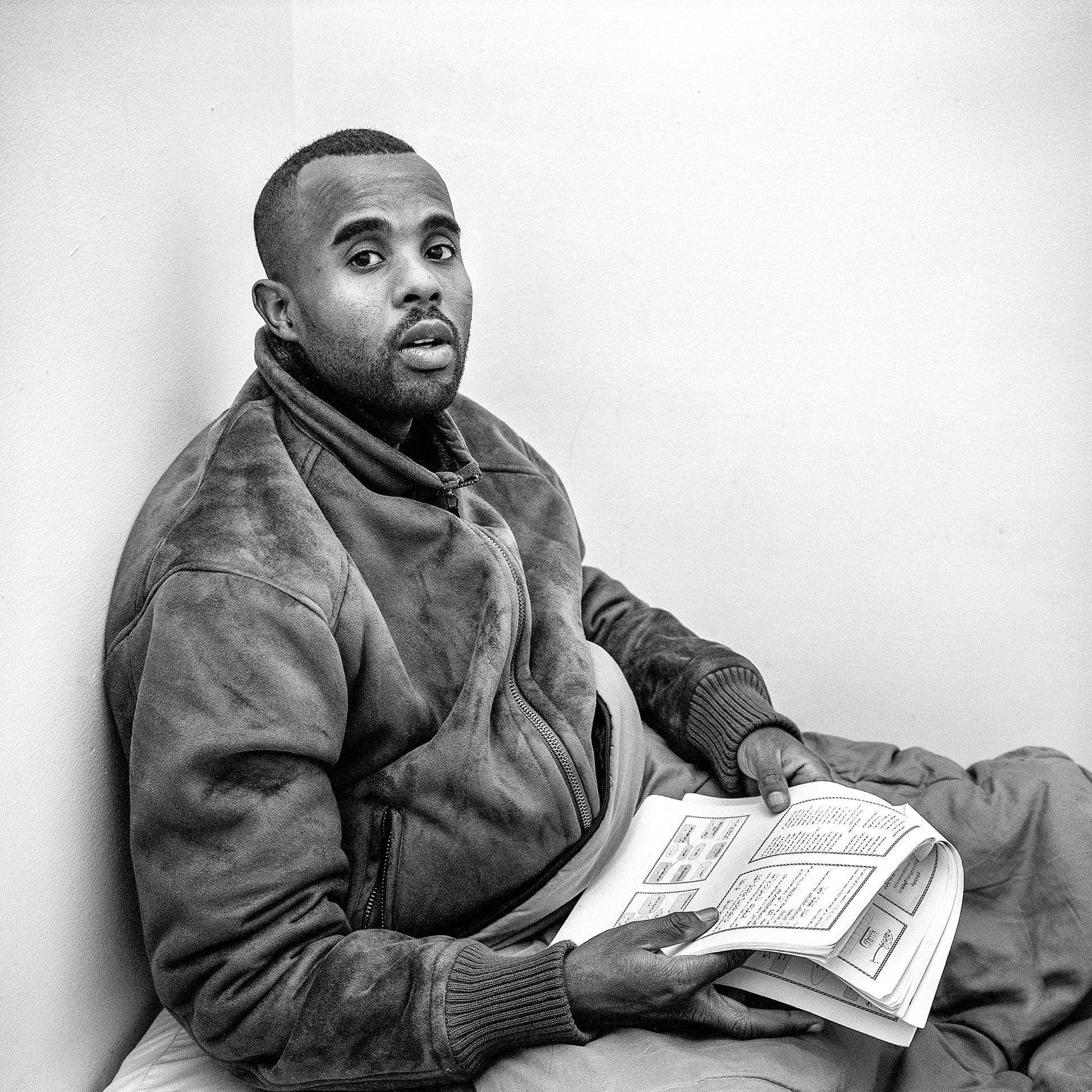

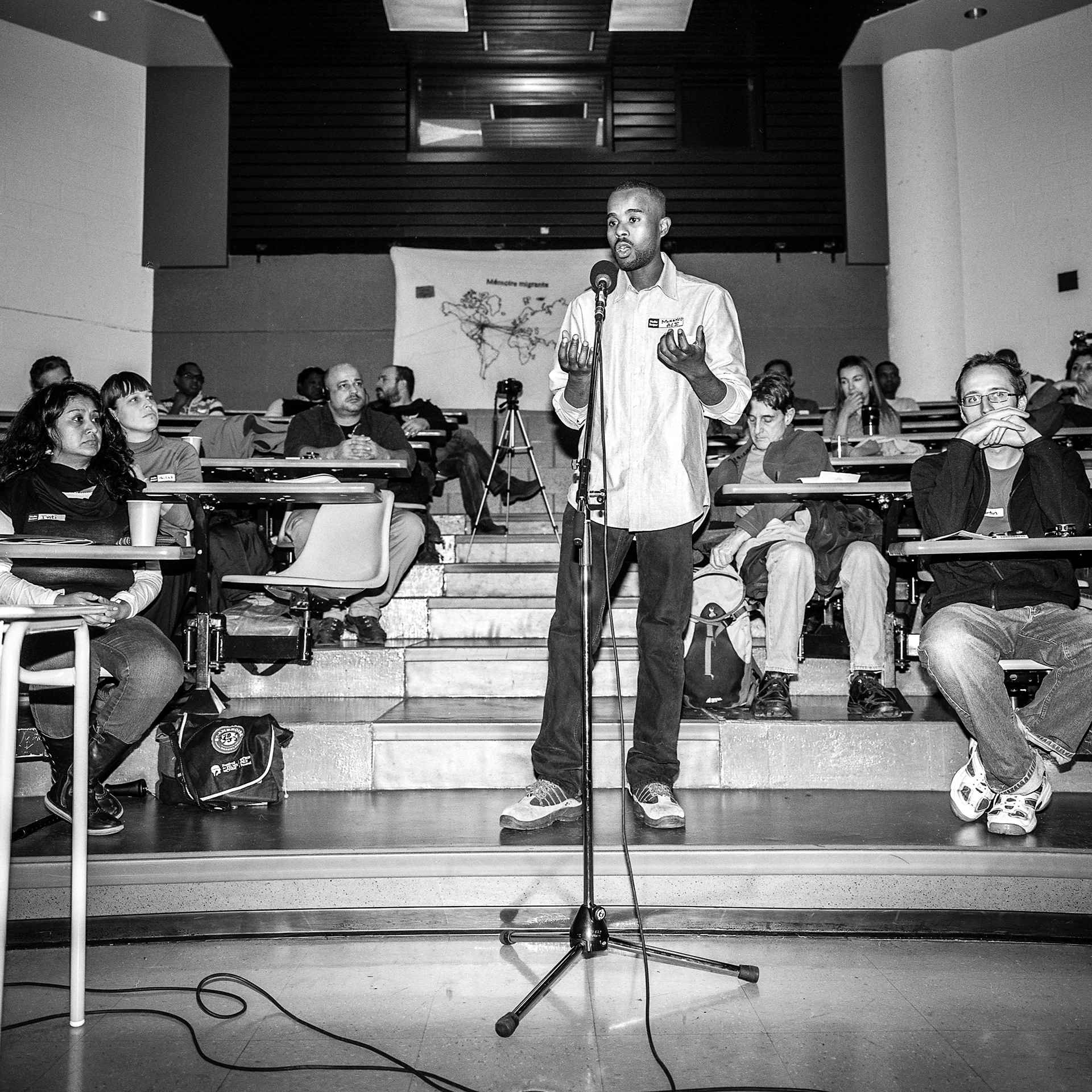
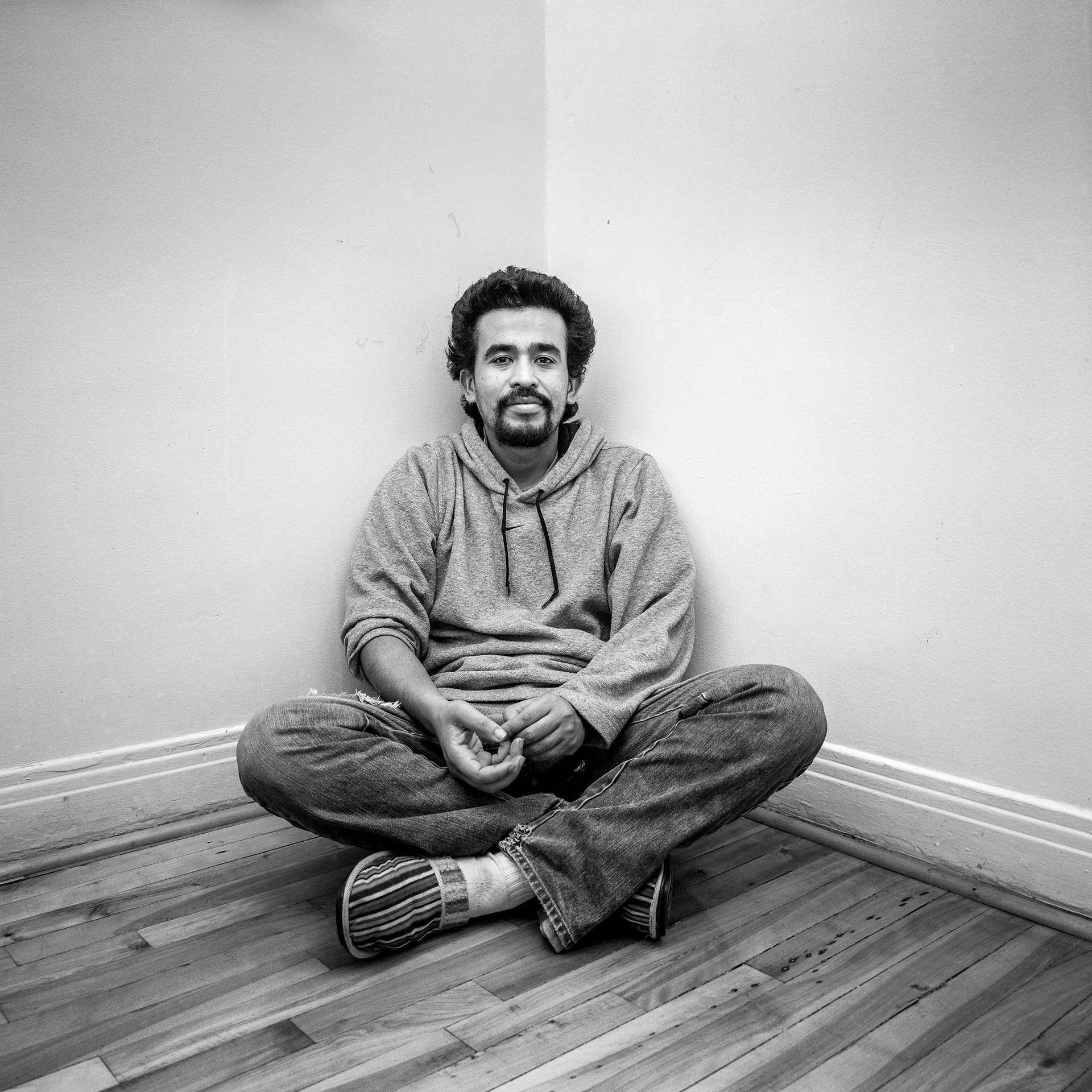
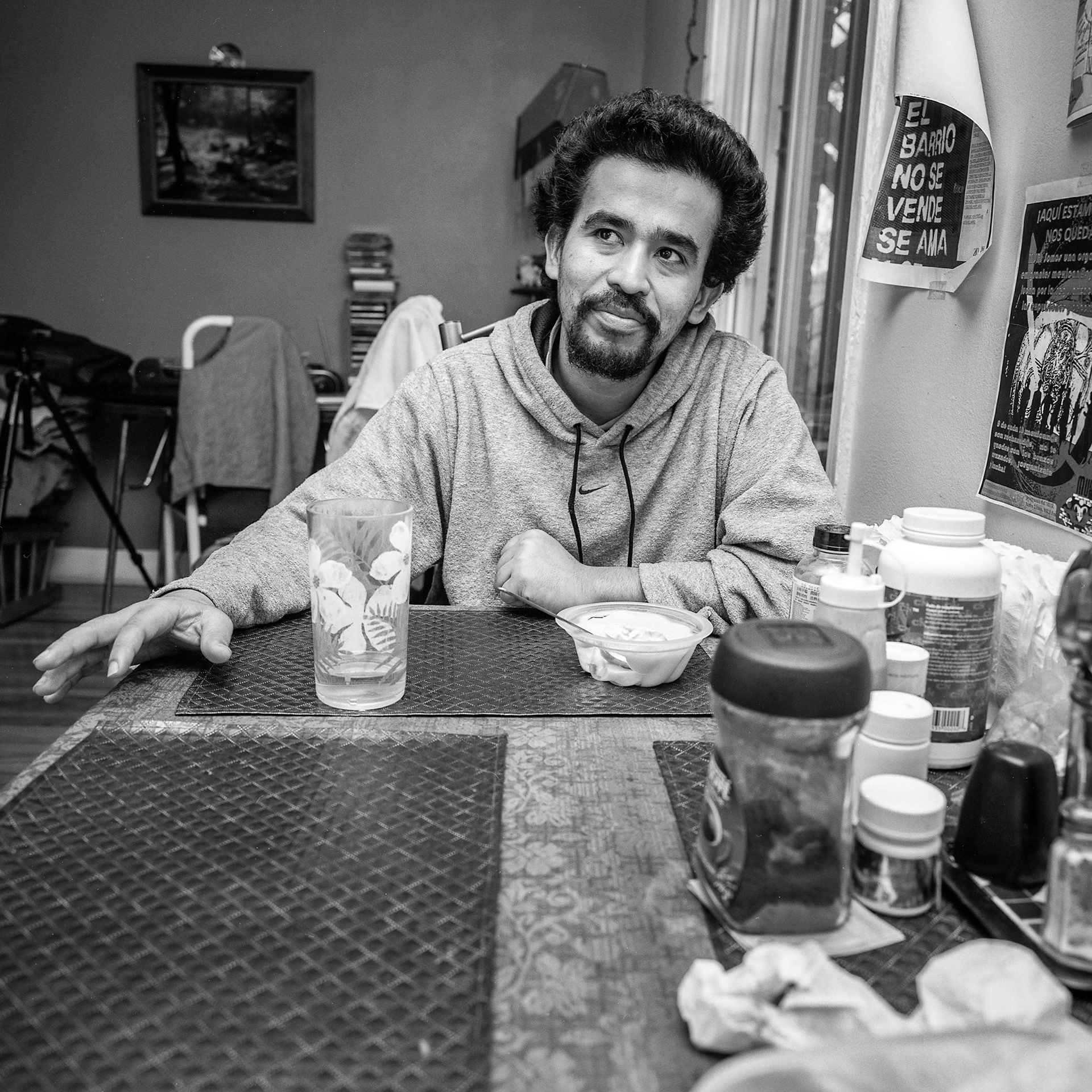

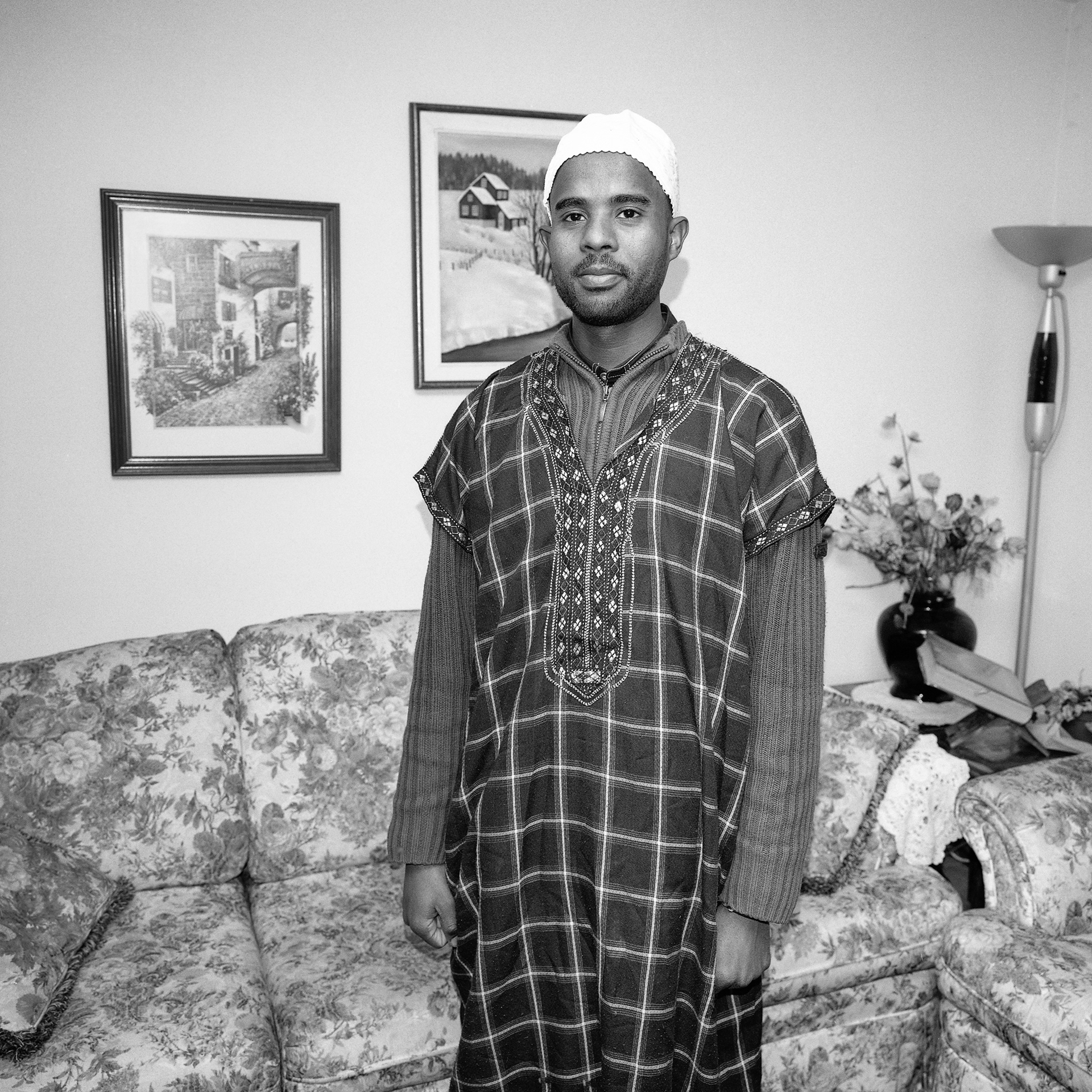
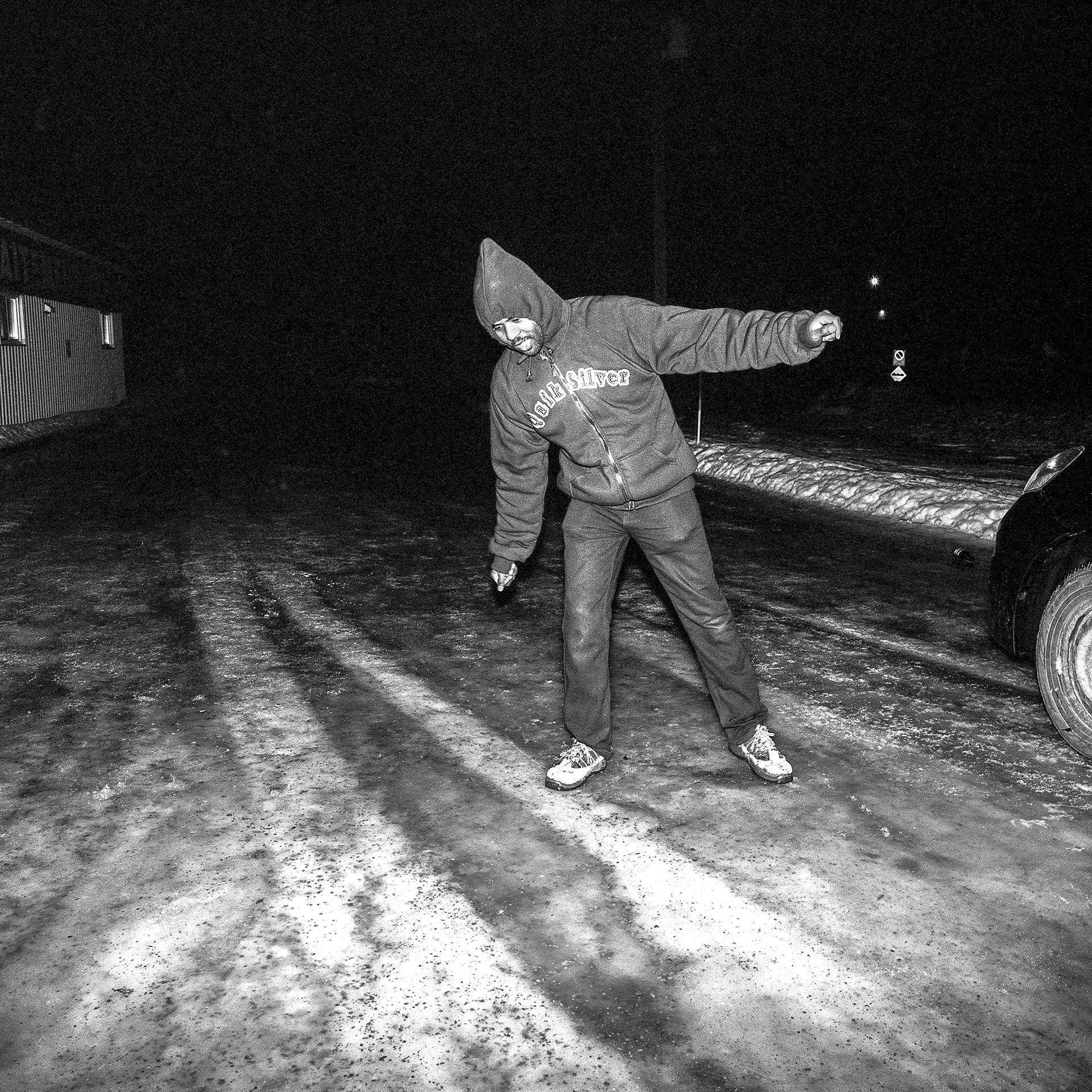
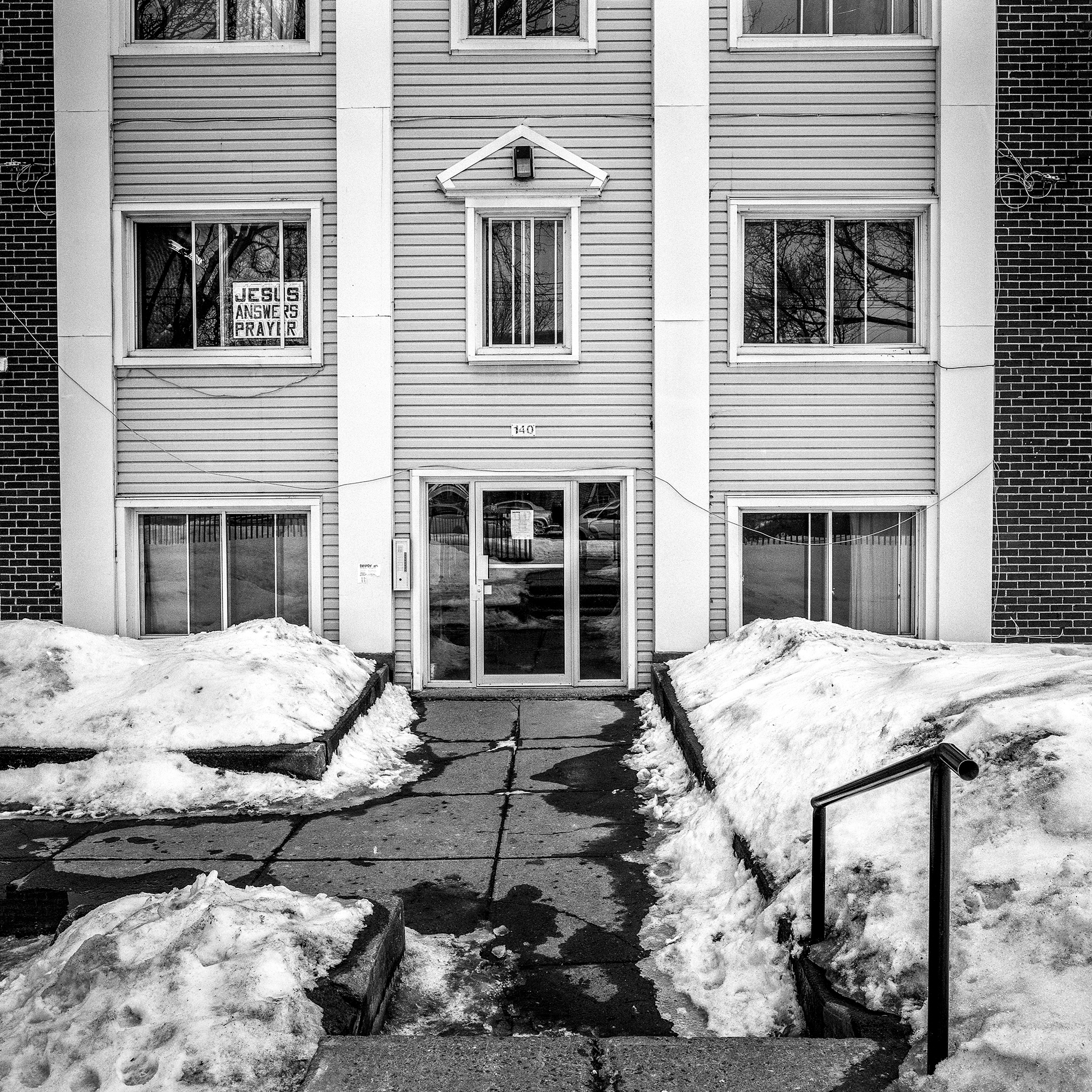
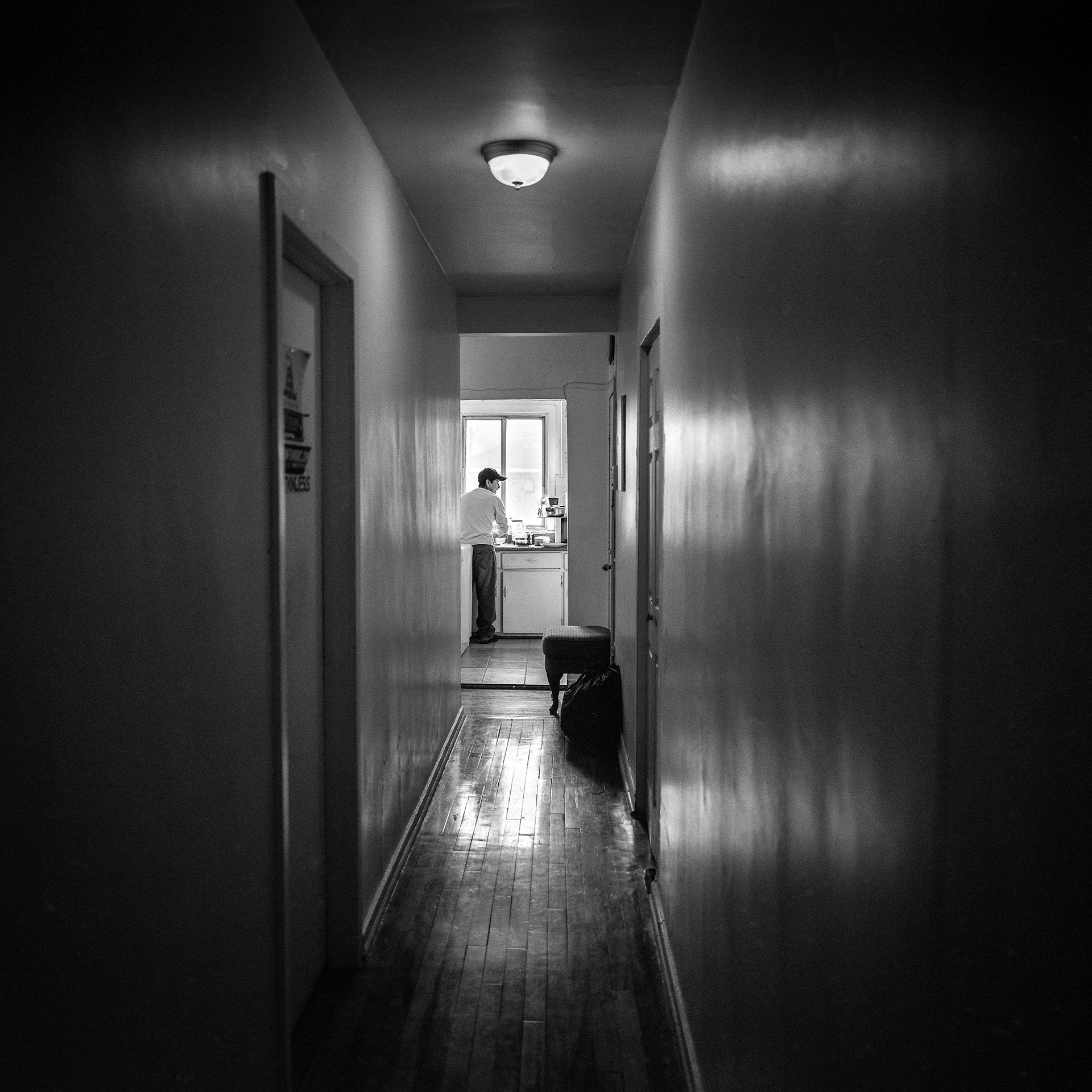
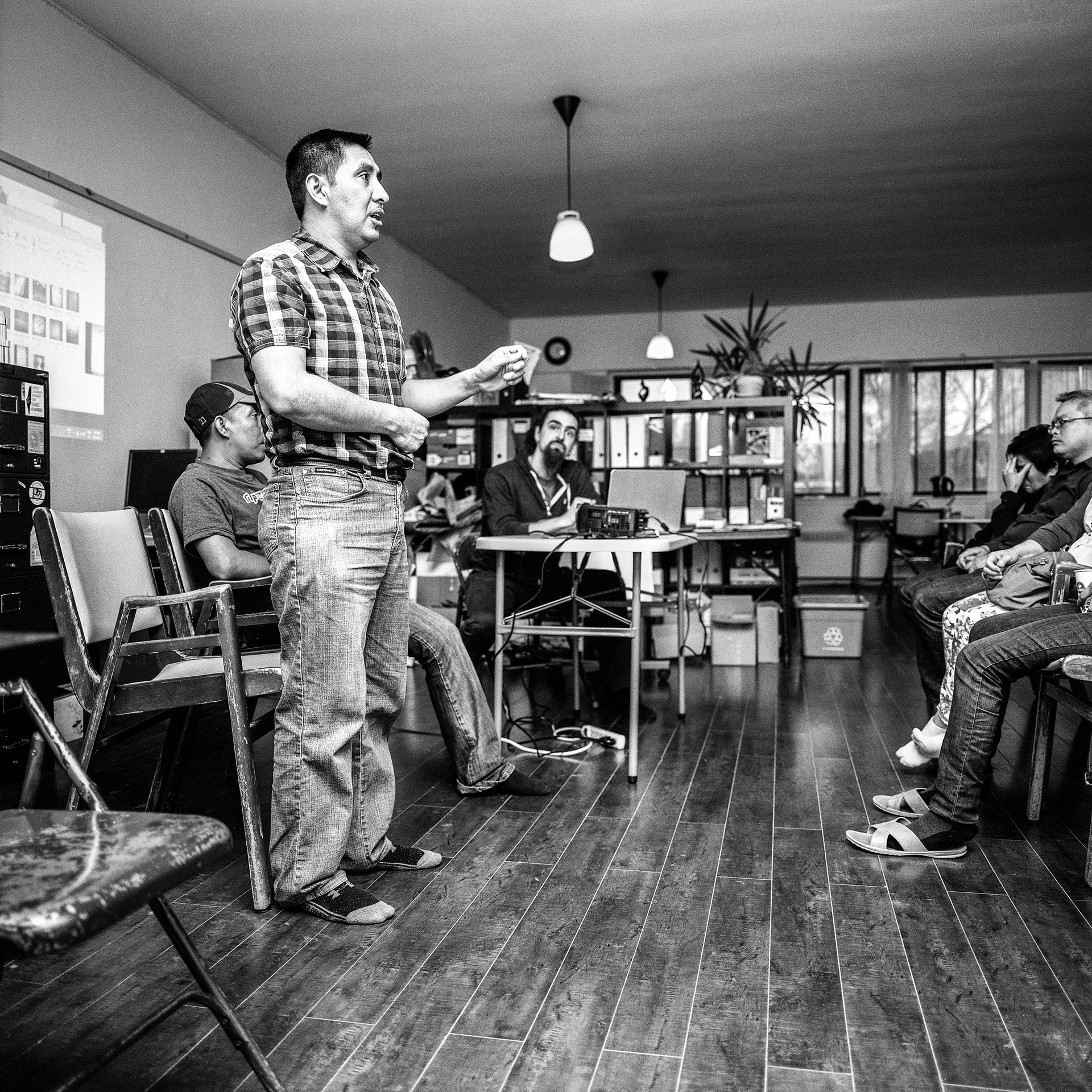



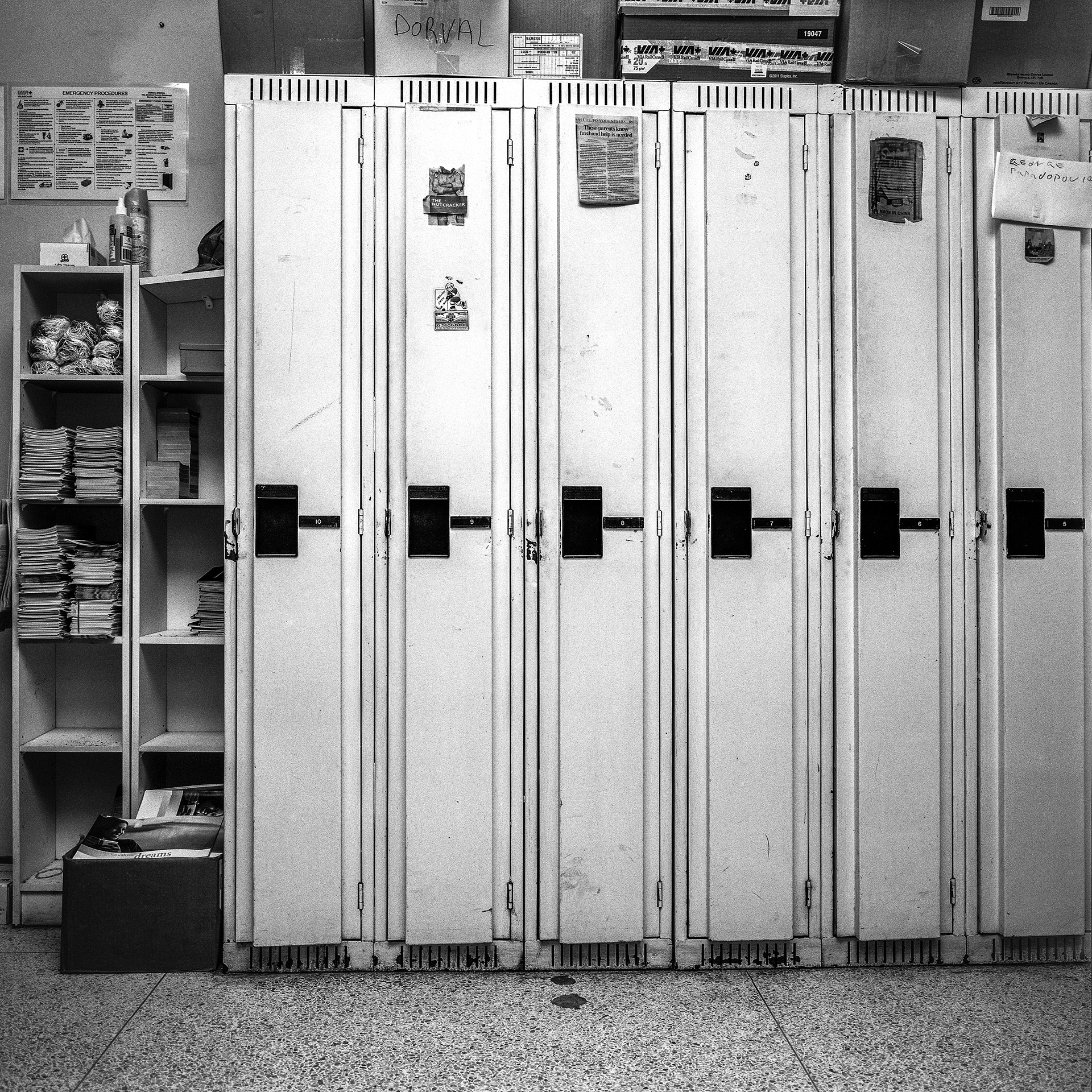
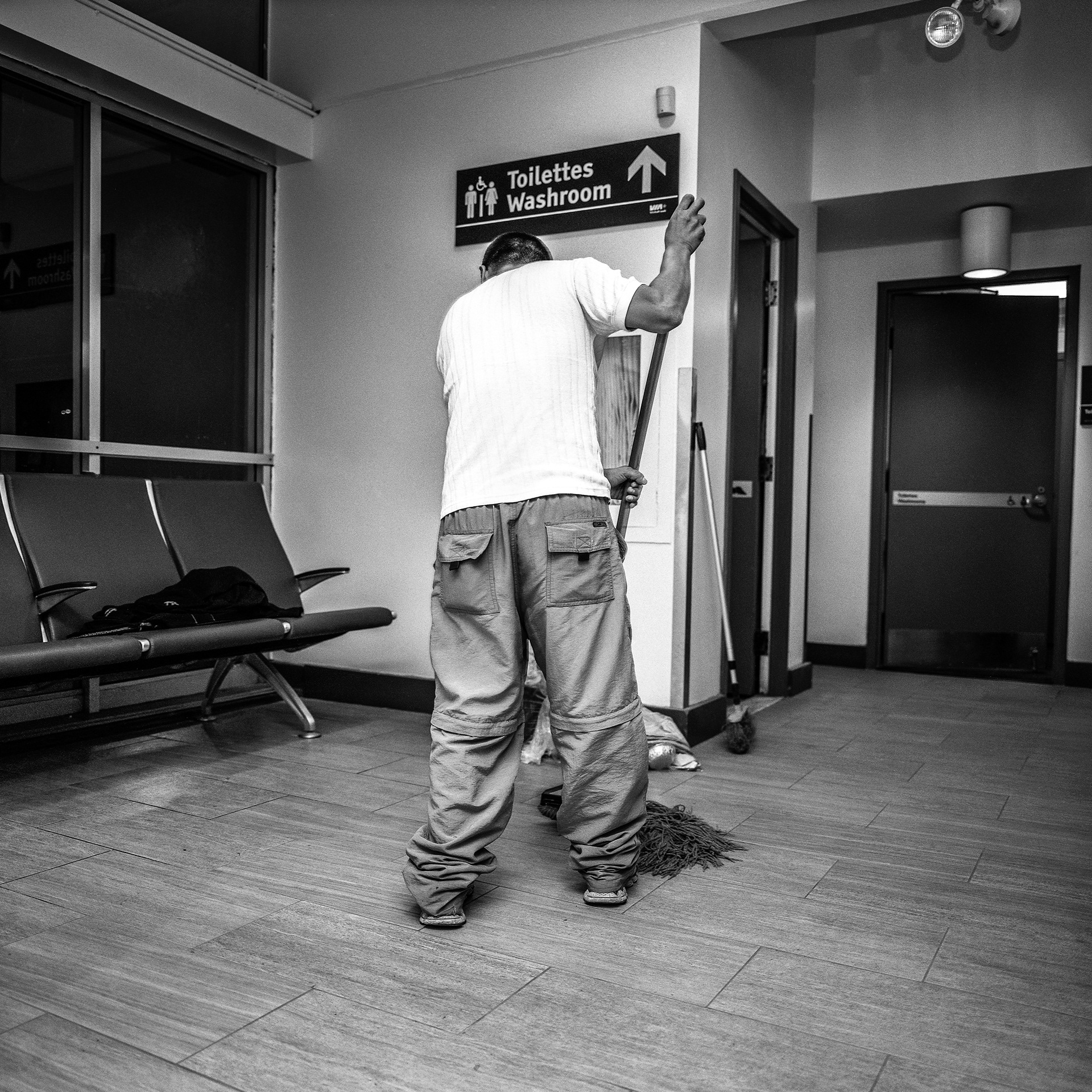
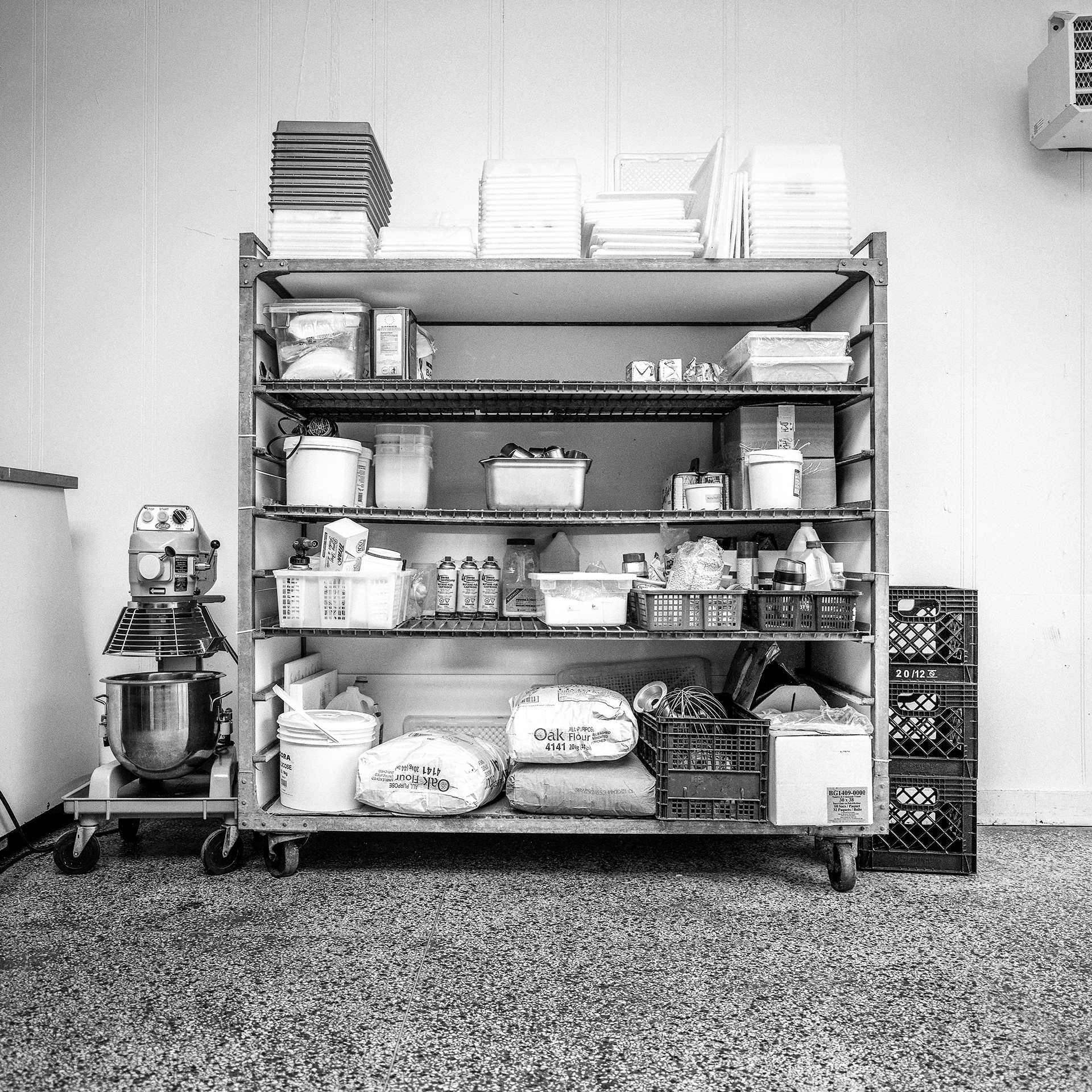


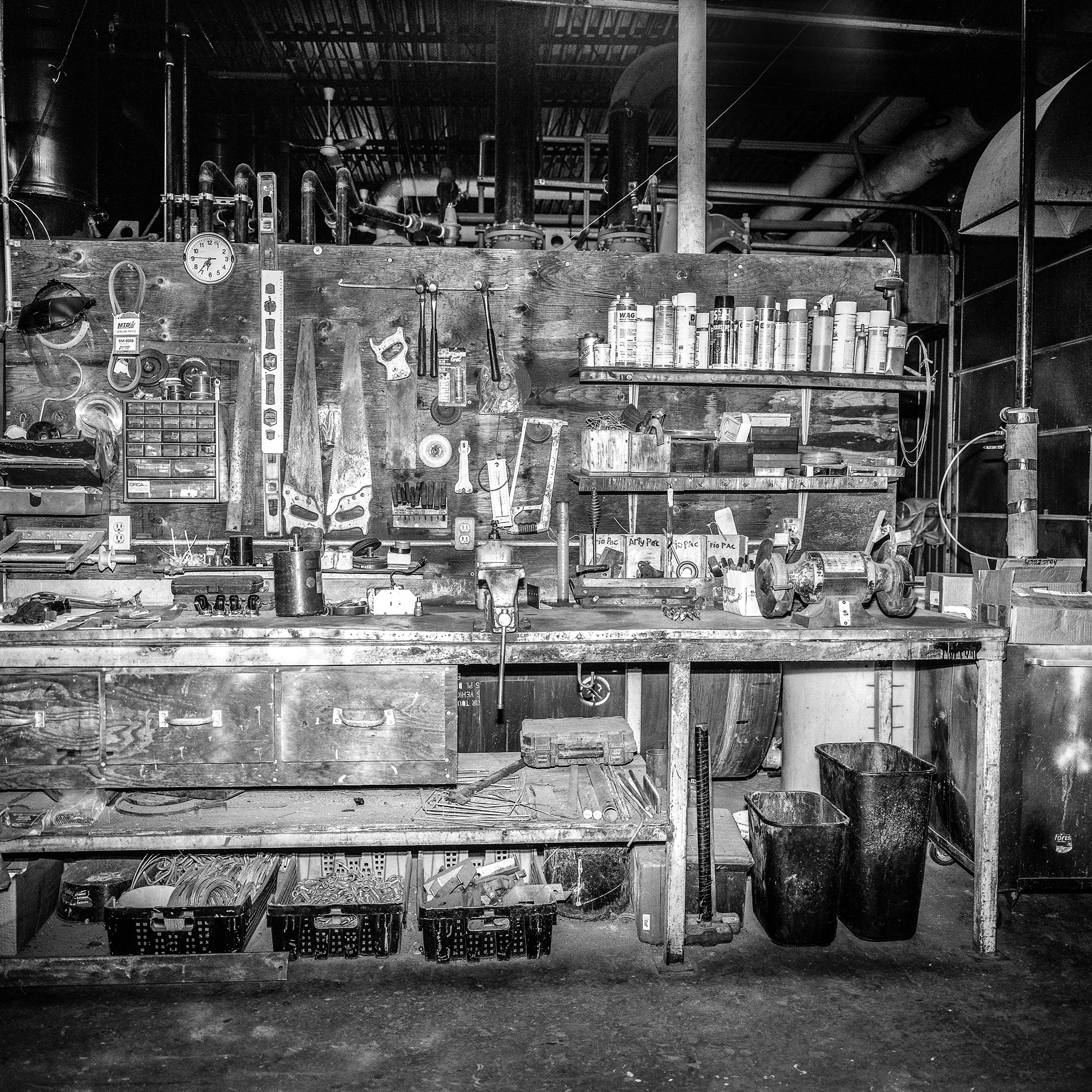

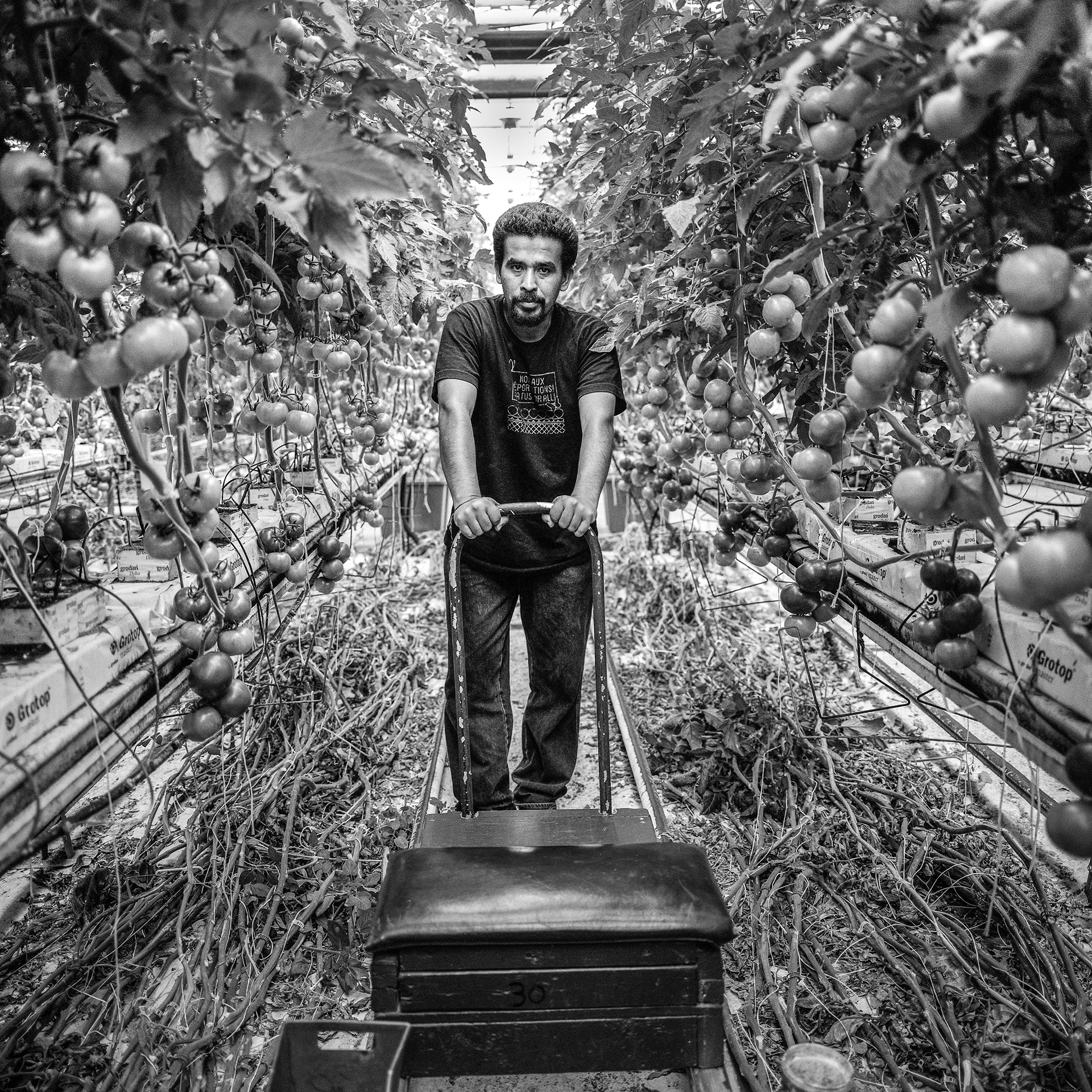
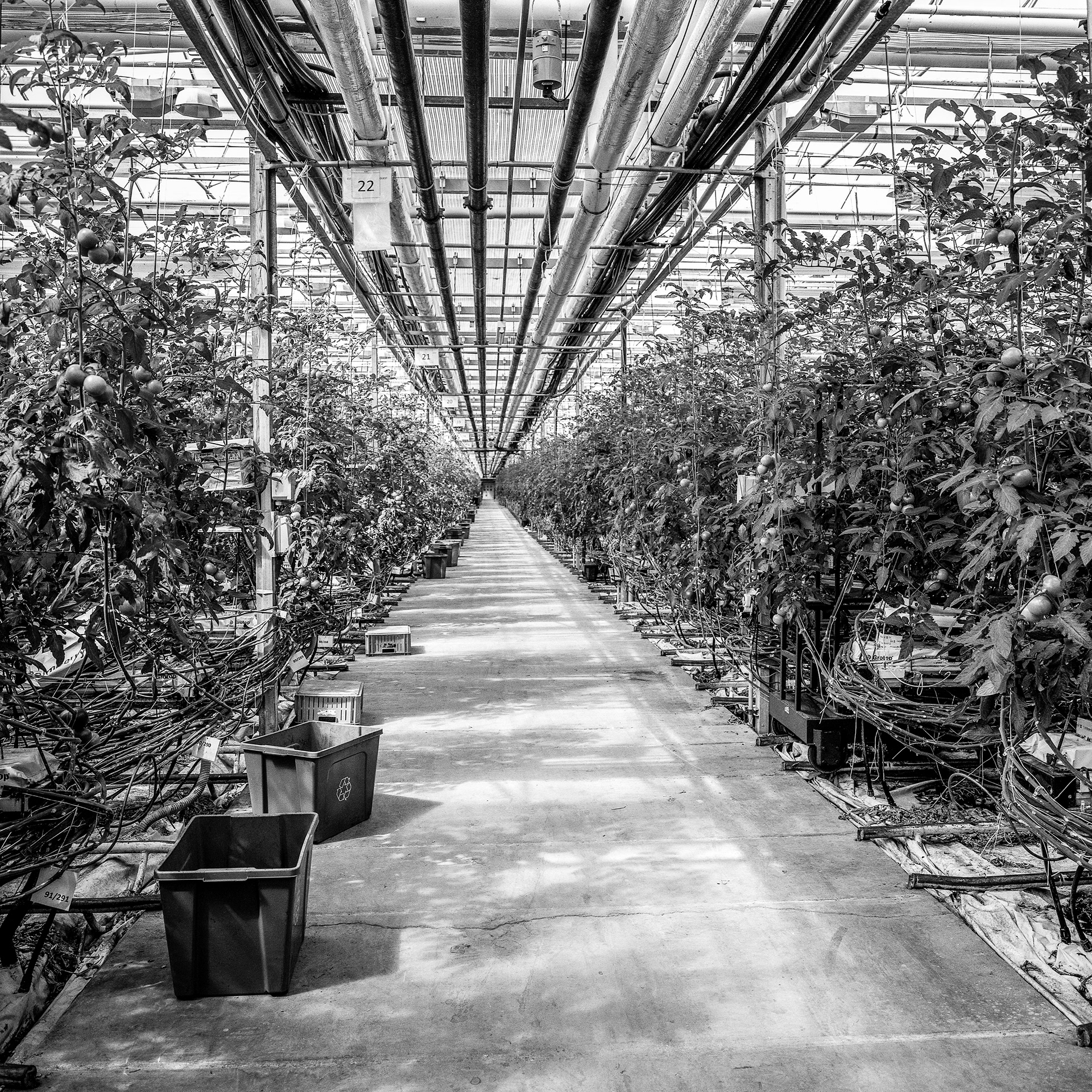
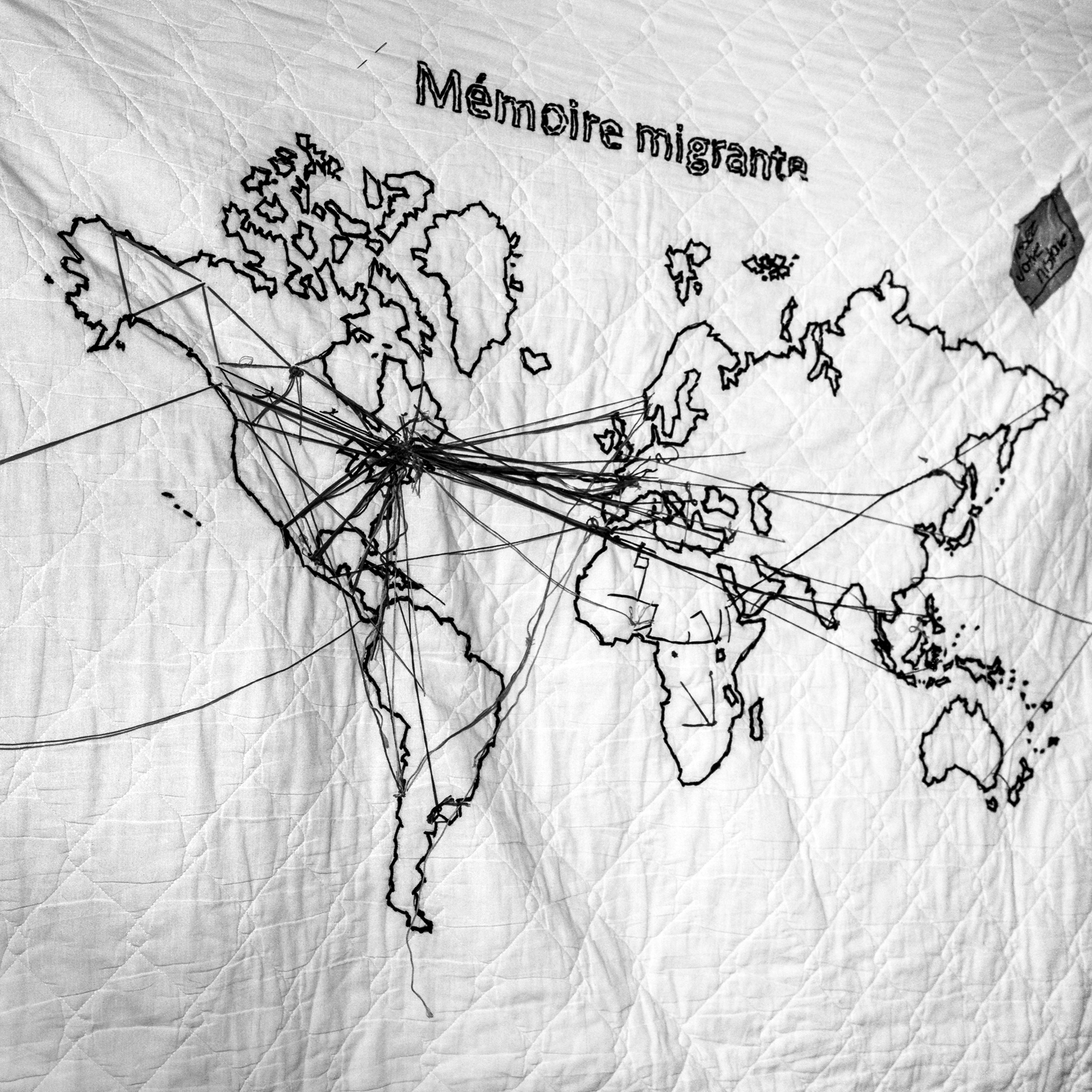
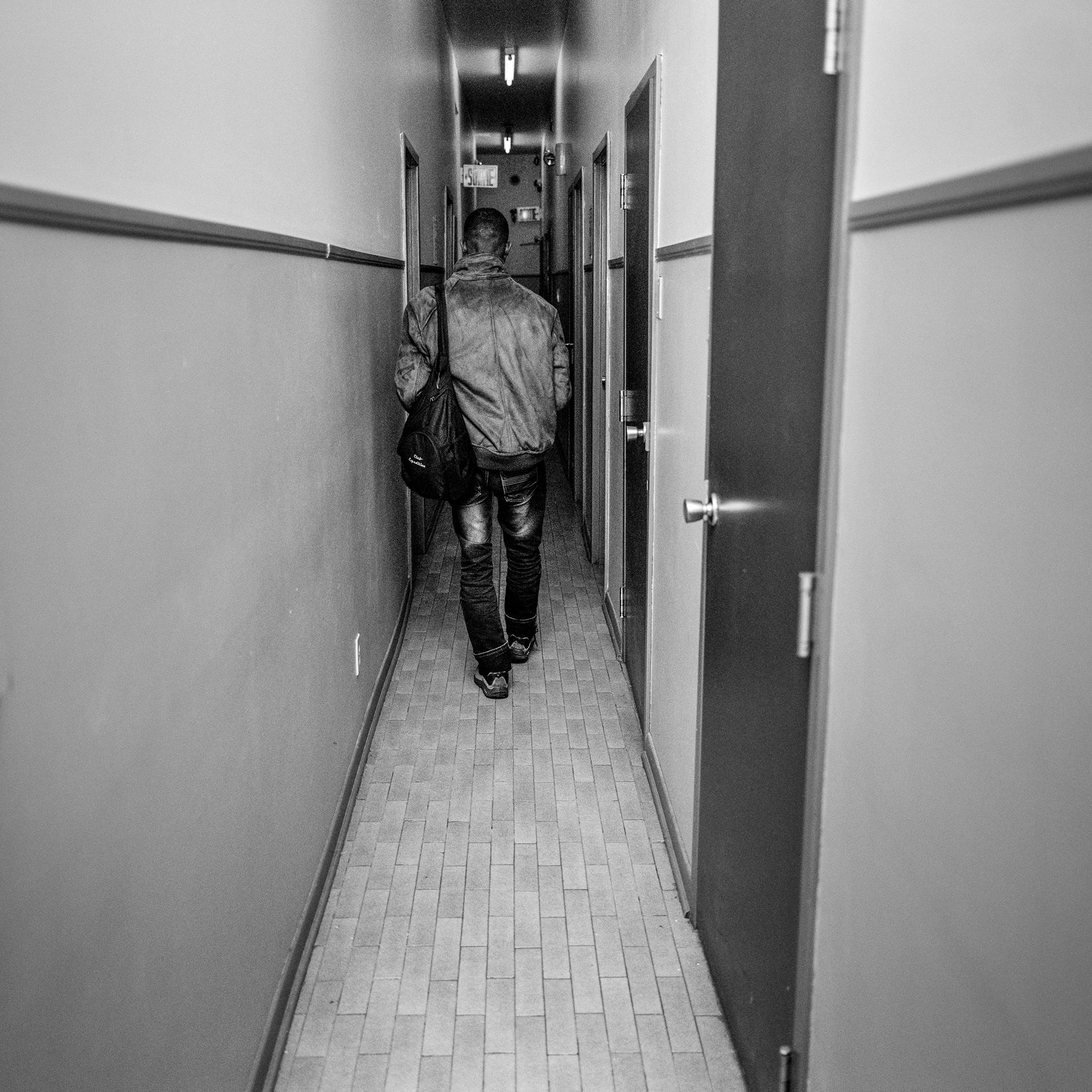
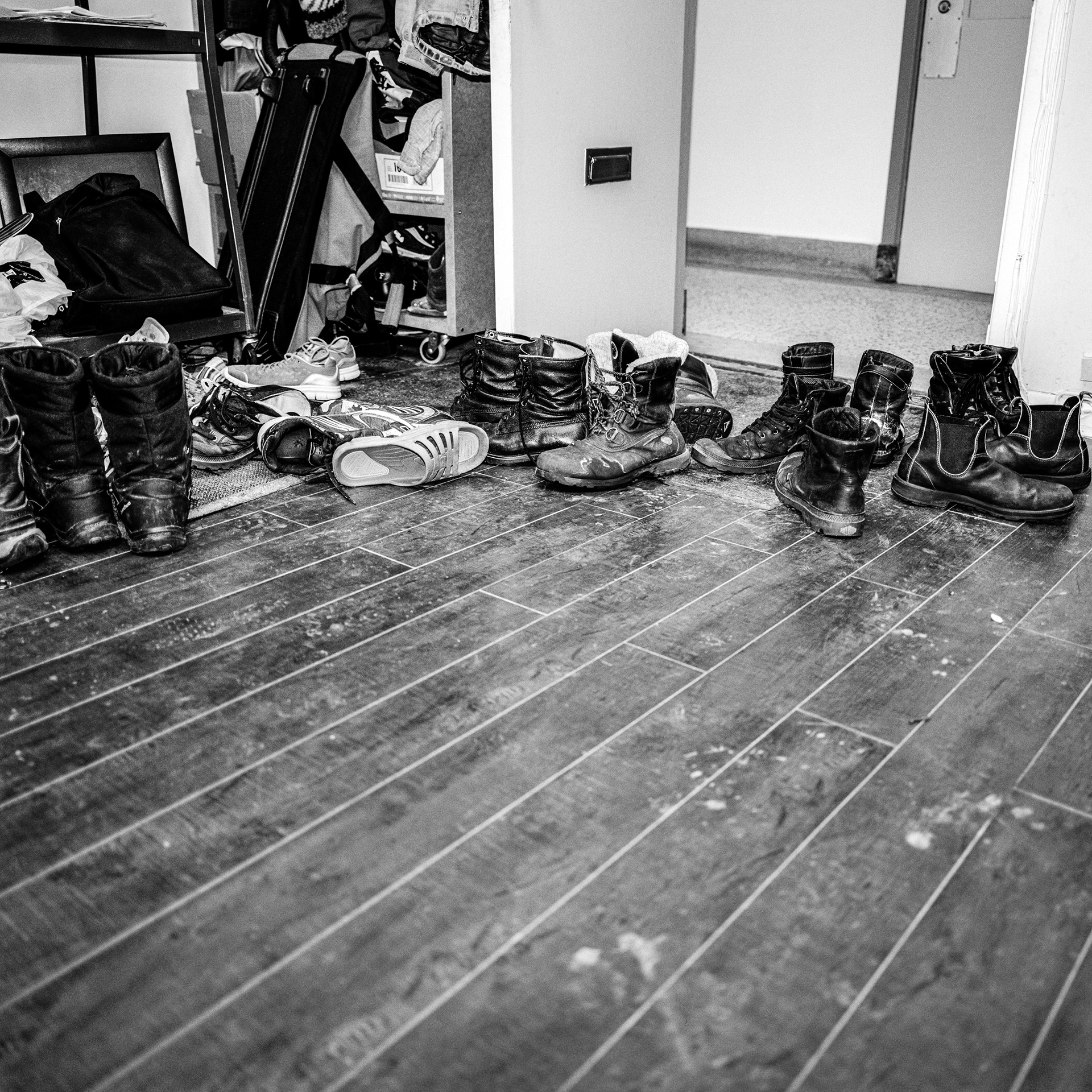
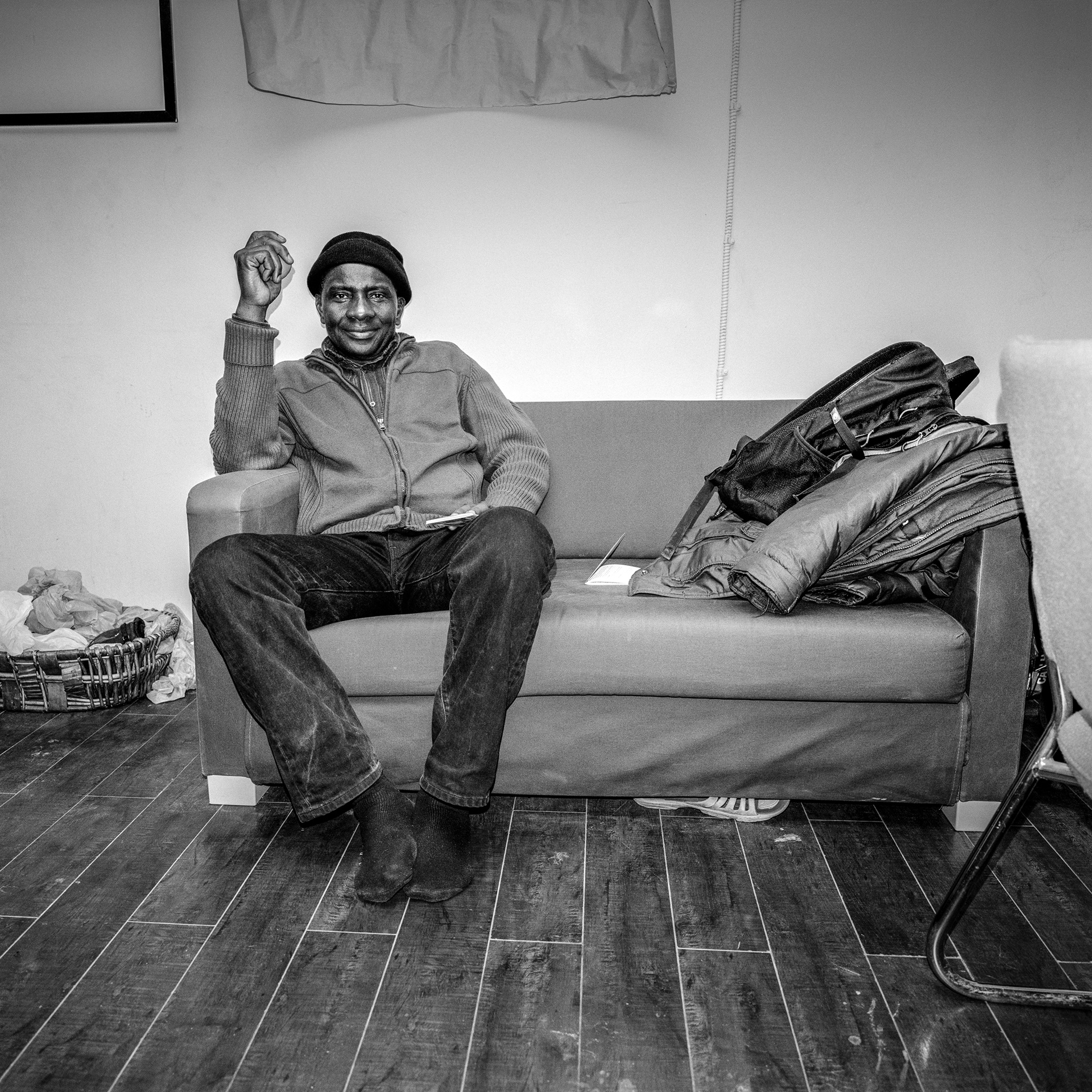

Temporary foreign workers are immigrants entering Canada on time-limited work permits. They are classified as “lower skilled” and are consequently precluded from permanent residency. In 2006, for the first time, the number of immigrants entering Canada with a temporary work permit exceeded the number entering with permanent residency status. This gap has steadily widened since then. In 2011, immigrants with temporary work permits accounted for 55% of the 350 000 total new arrivals to Canada. This trend has been primarily employer driven. The predominant political and economic narrative depicts temporary labour migration as a win-win scenario. Employers benefit by receiving access to a flexible workforce, enabling them to adapt to local labour shortages. Migrant workers, on the other hand, are presumed to benefit from access to greater incomes than would be available to them in their own country. This discourse is supported by the assumption that migrant workers have the same workplace rights as local workers. This narrative is contested by the individual experiences of migrant workers in Canada, who exist in a precarious space. These workers have fewer “effective” rights than other workers, and are consequently vulnerable to abuse and exploitation by employers. They are both socially and economically marginalized, and to the majority of Canadians effectively invisible. This series of photographs documents the lives of temporary foreign workers in Quebec. Most of these workers come from Central America, Africa, and South East Asia. They work during periods ranging from 4 to 10 months, after which they are sent home where they anxiously await an invitation to return. The health and welfare of their families often depend on the income they obtain in Canada. While in Canada, they volunteer their time to non-profit community organizations that advocate for the rights of temporary foreign workers, they lobby government officials for increases in the minimum wage, and they join the struggle of other workers seeking broader labour reforms. Each, in their own way, is an engaged citizen committed to their shared struggles in Canada, and to their adopted communities. These pictures reflect some of their experiences, contributions, and struggles.












































